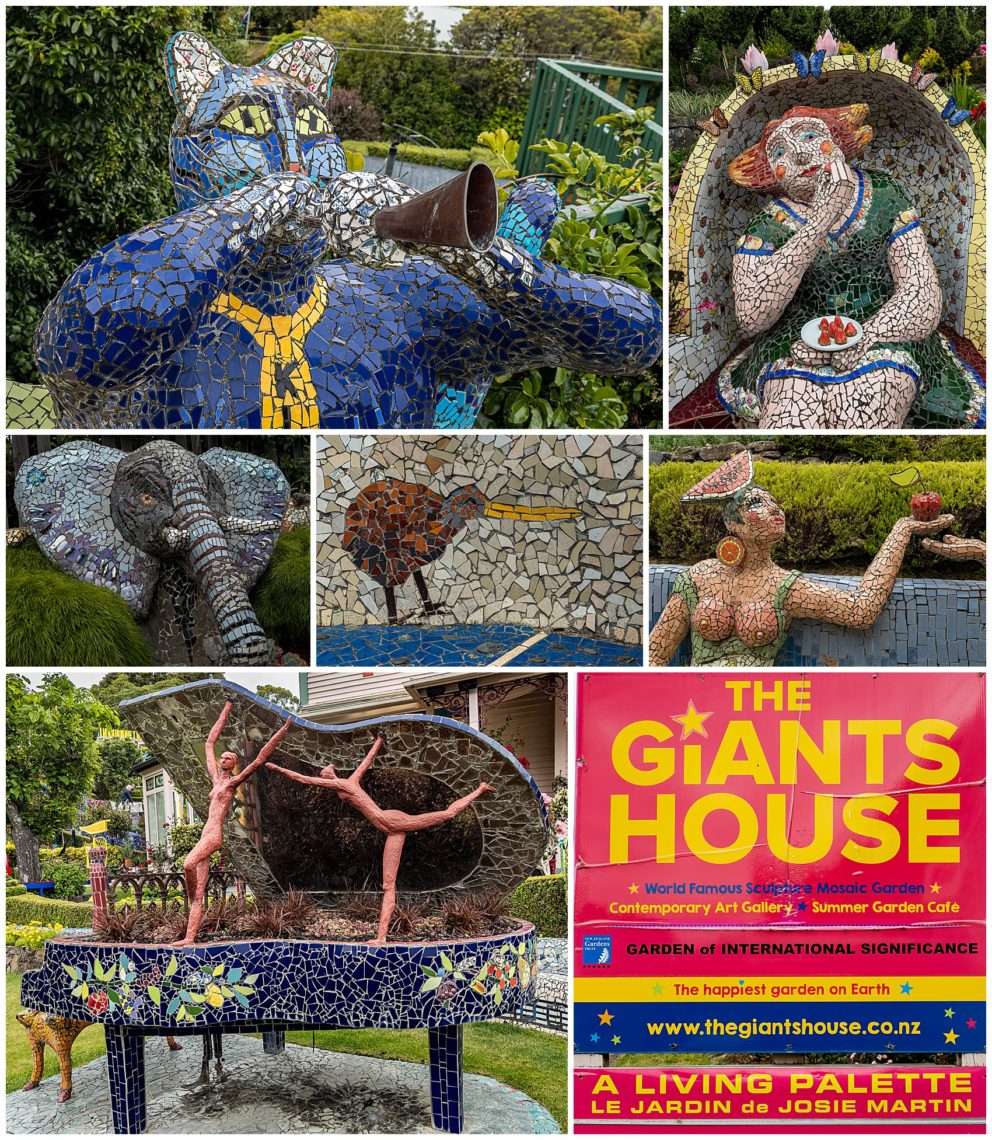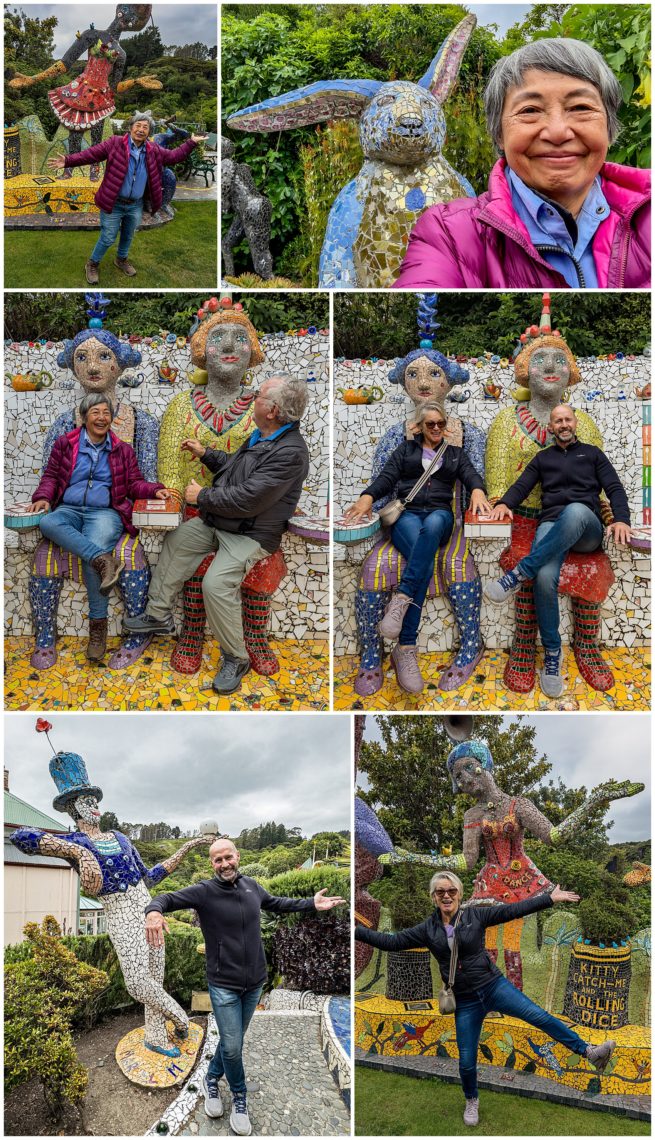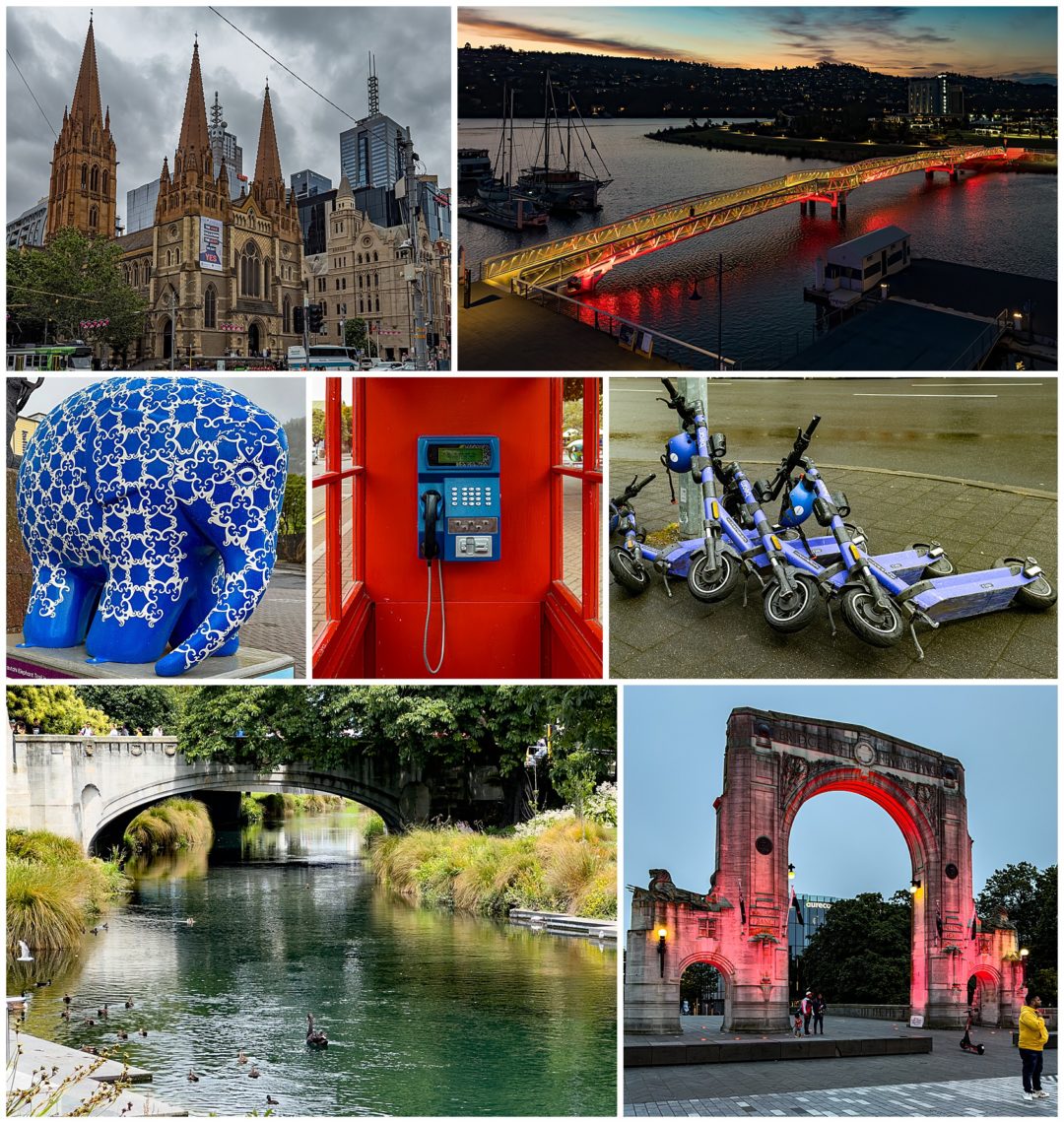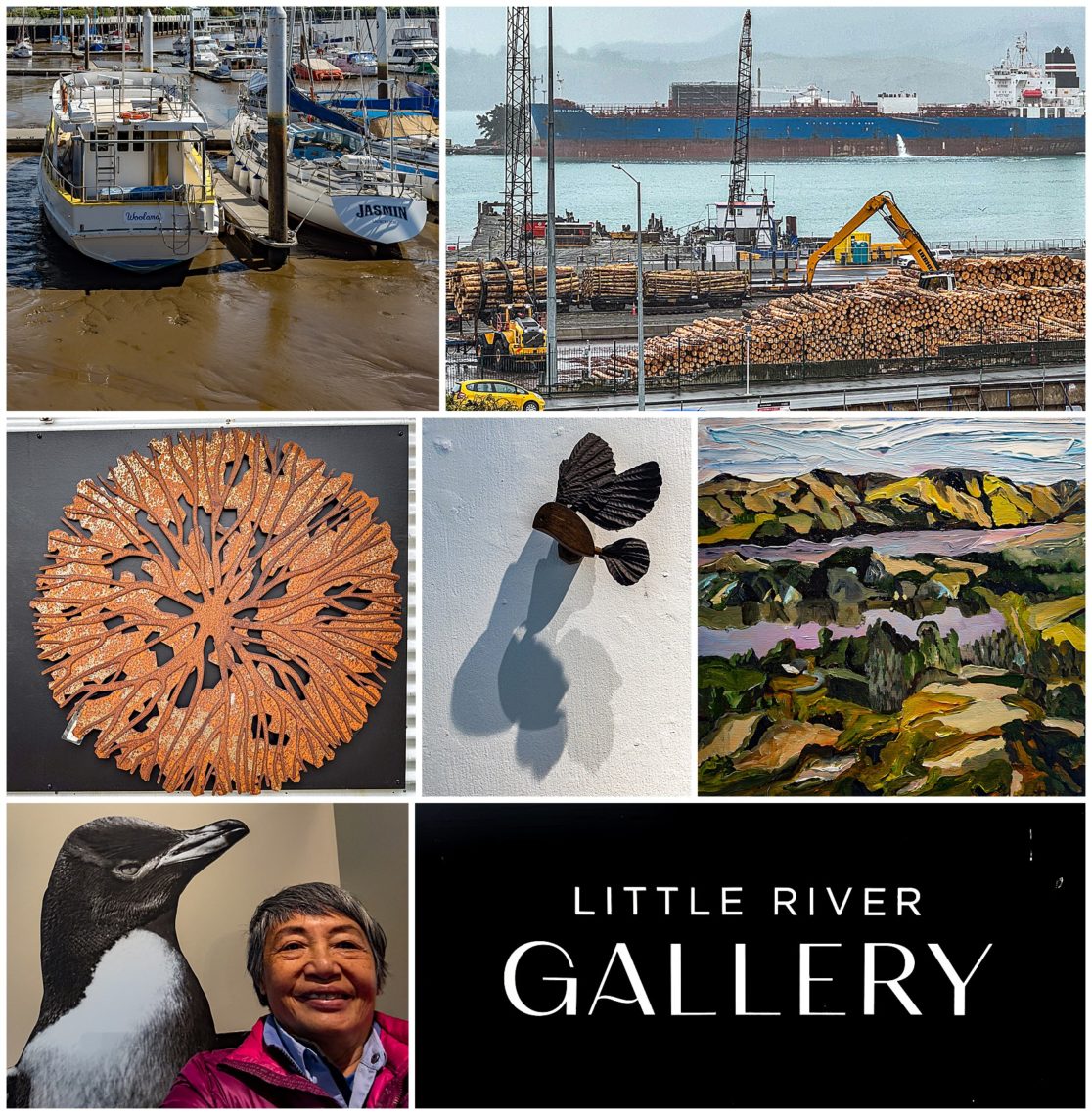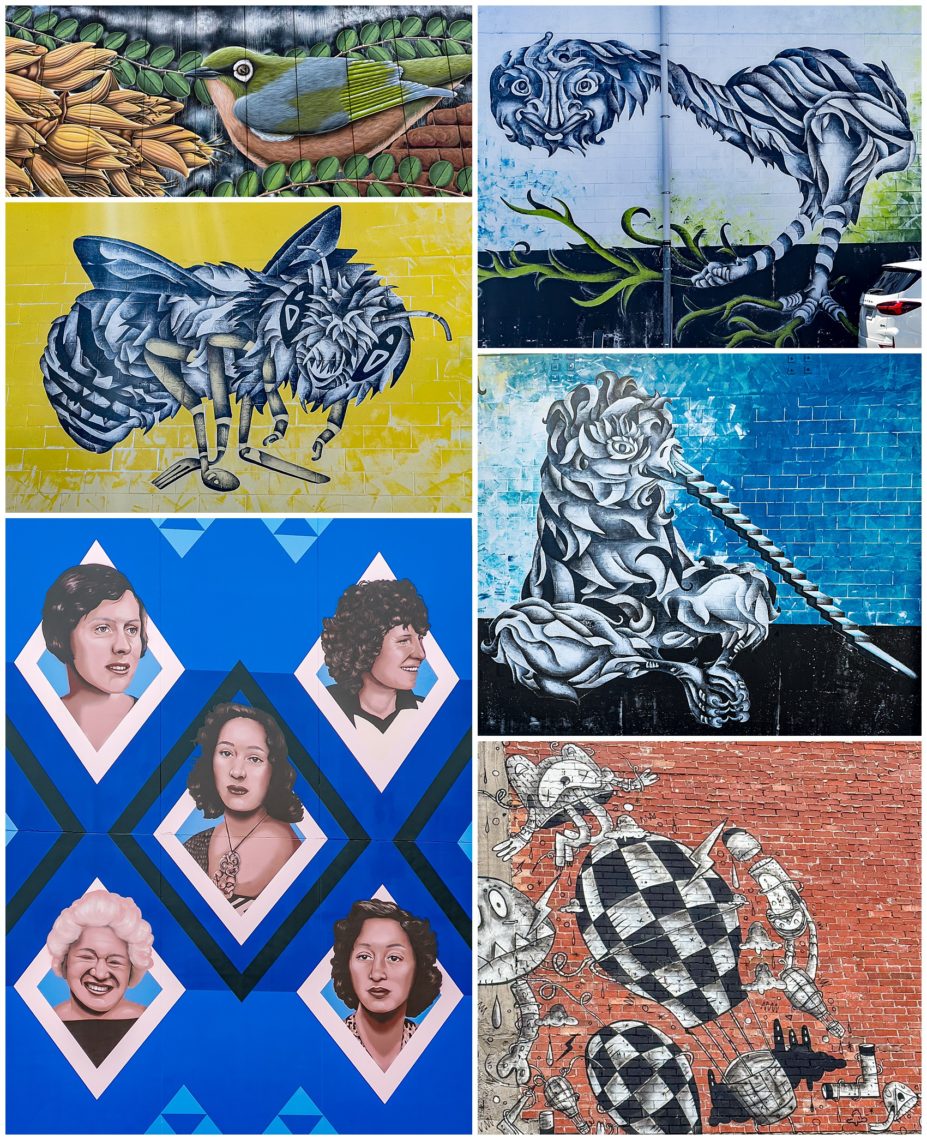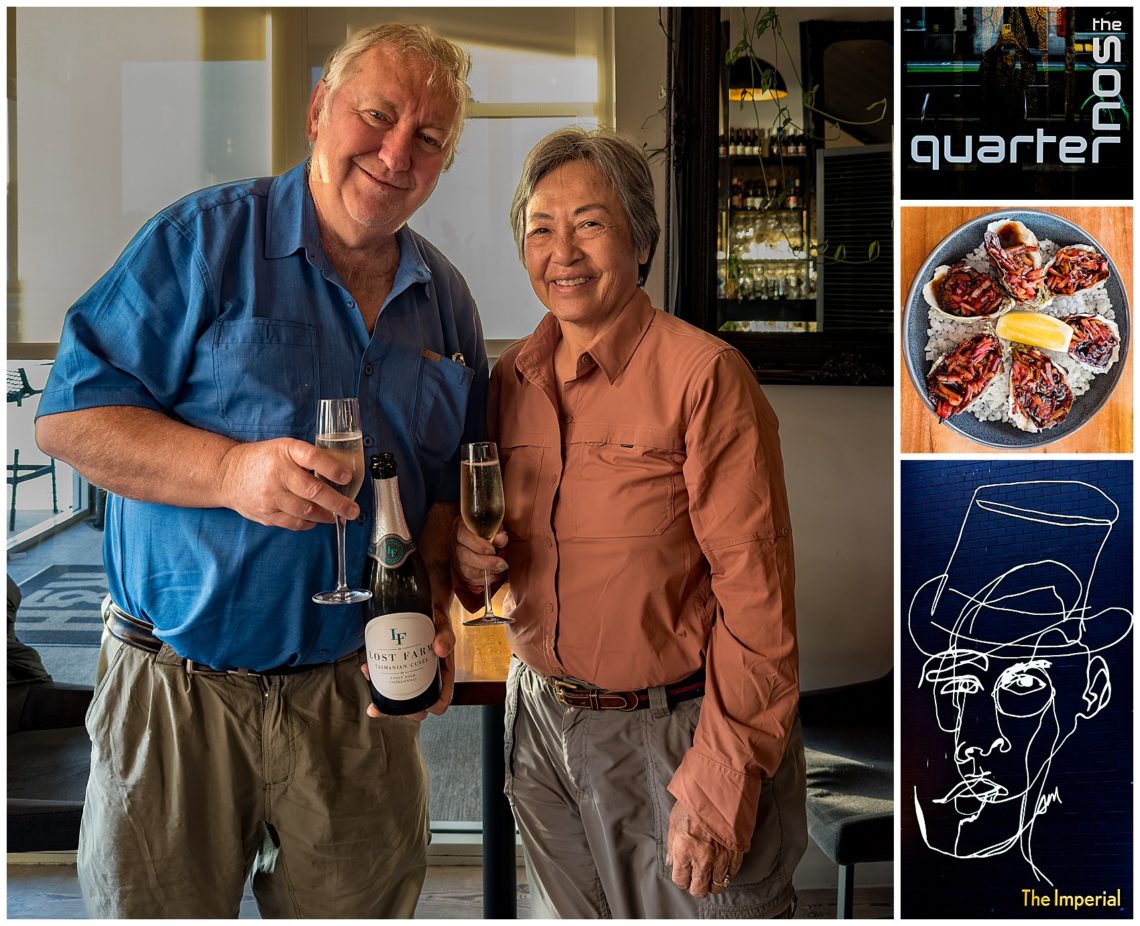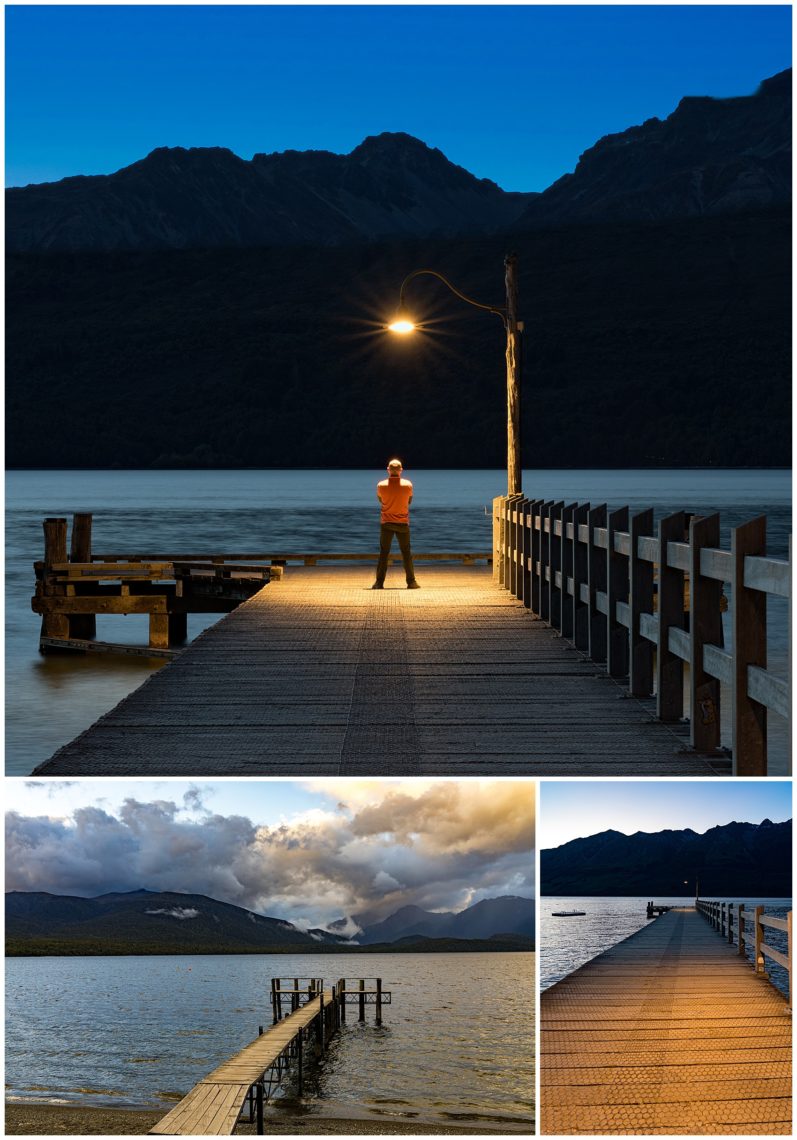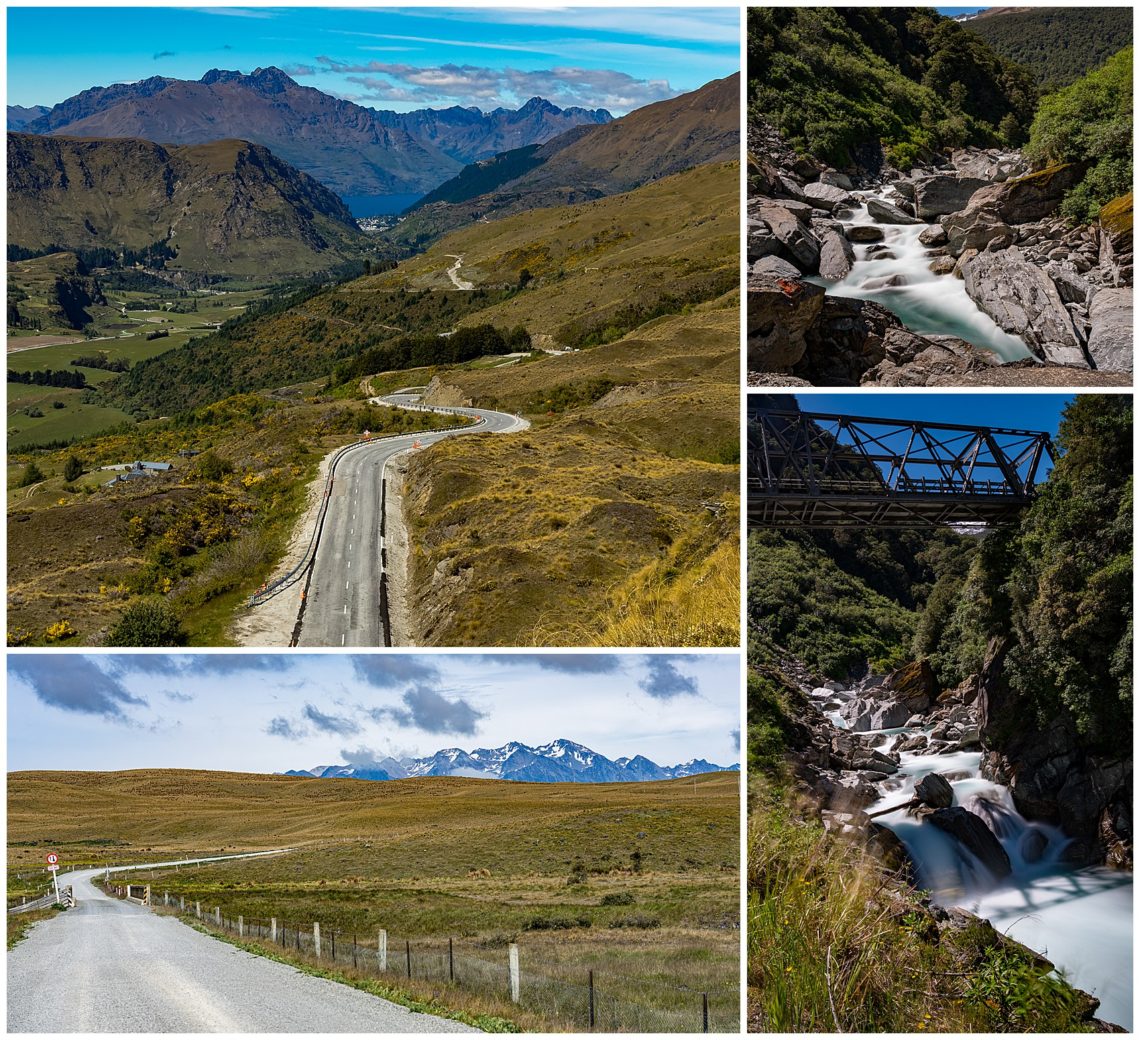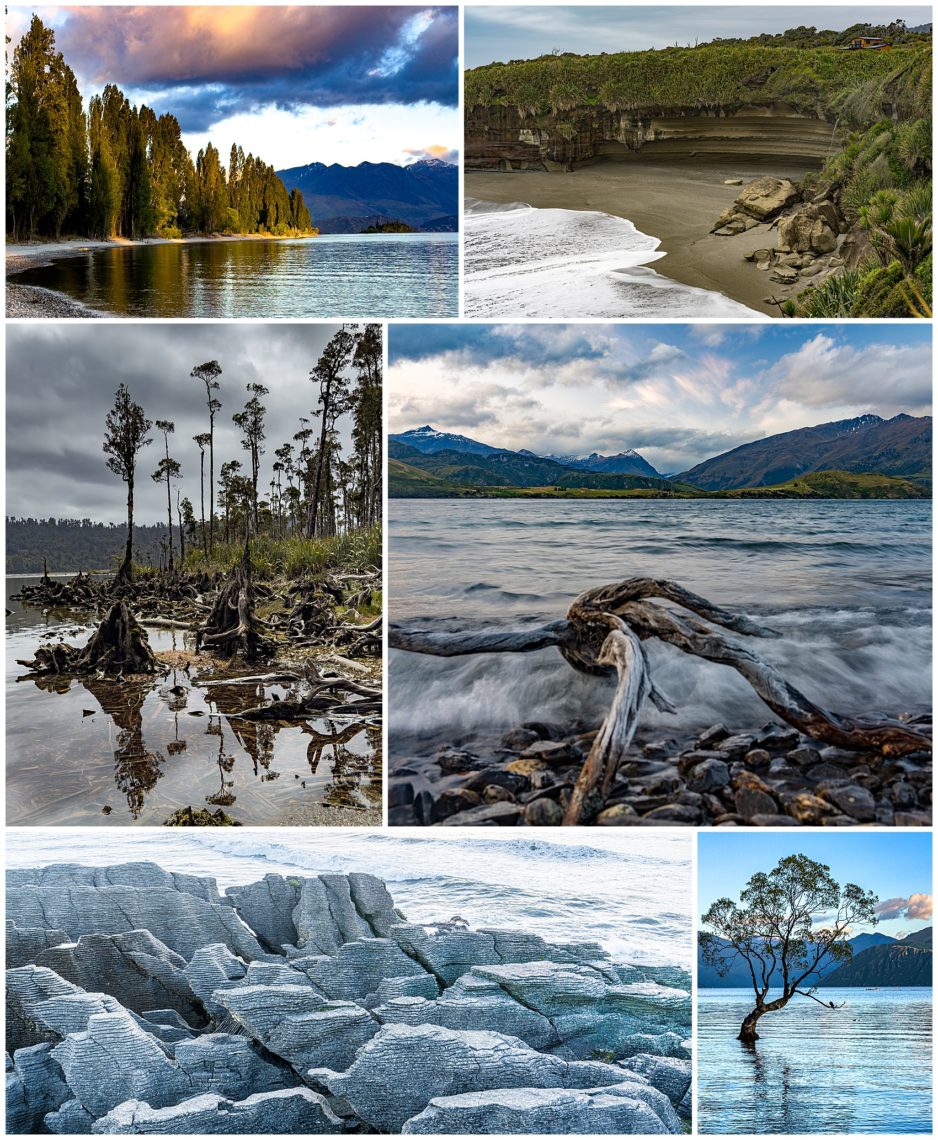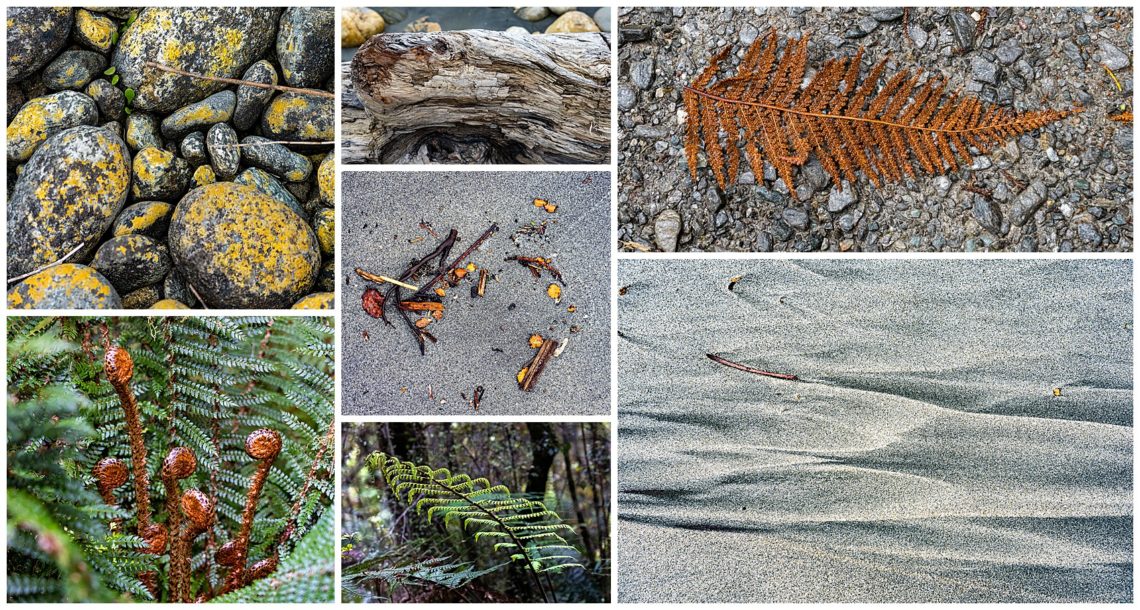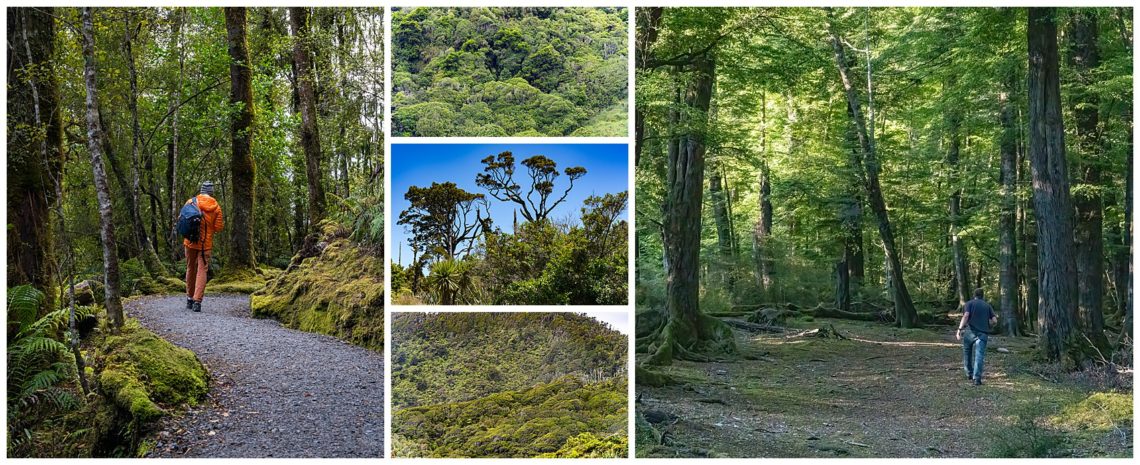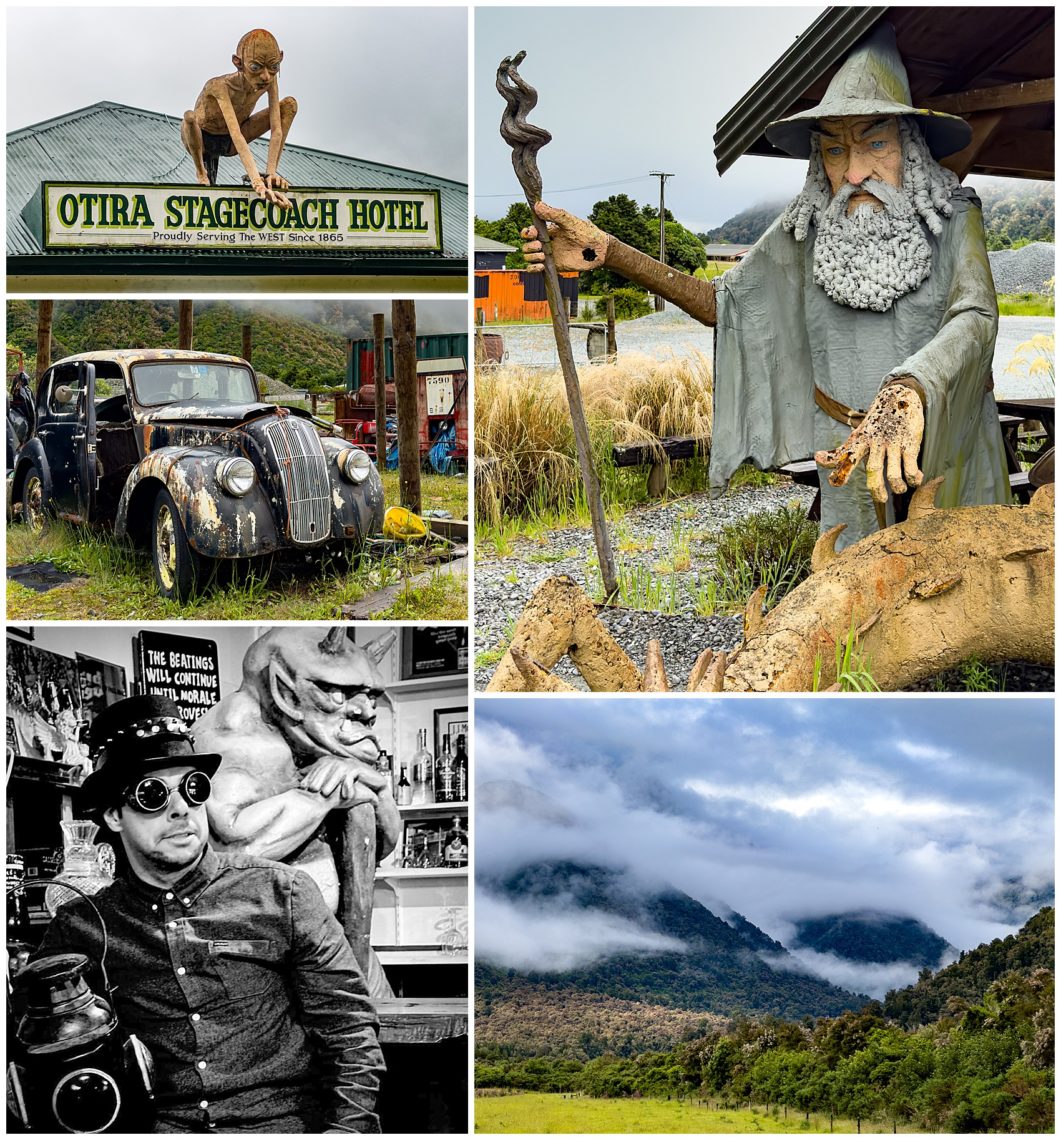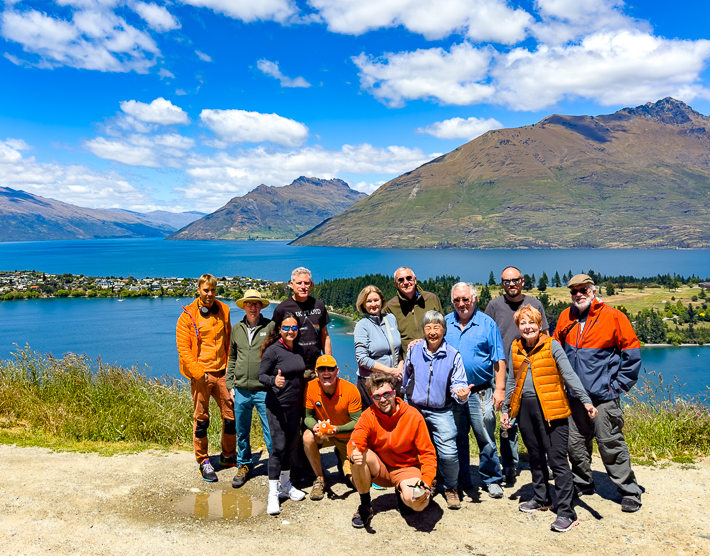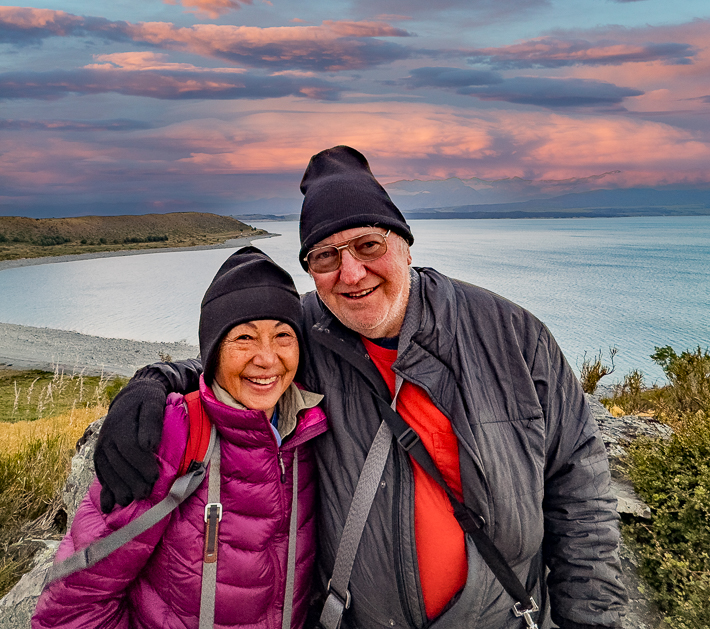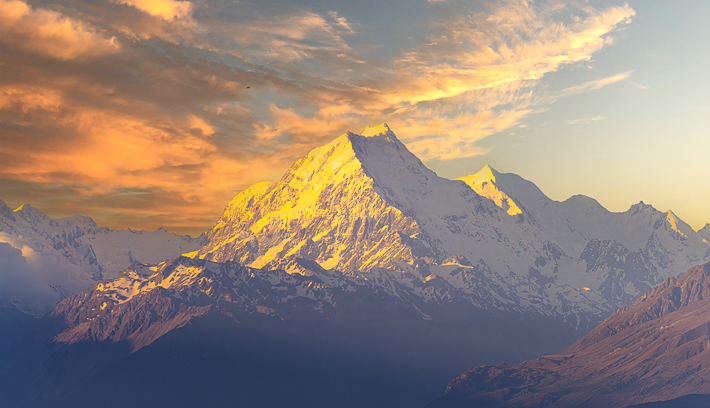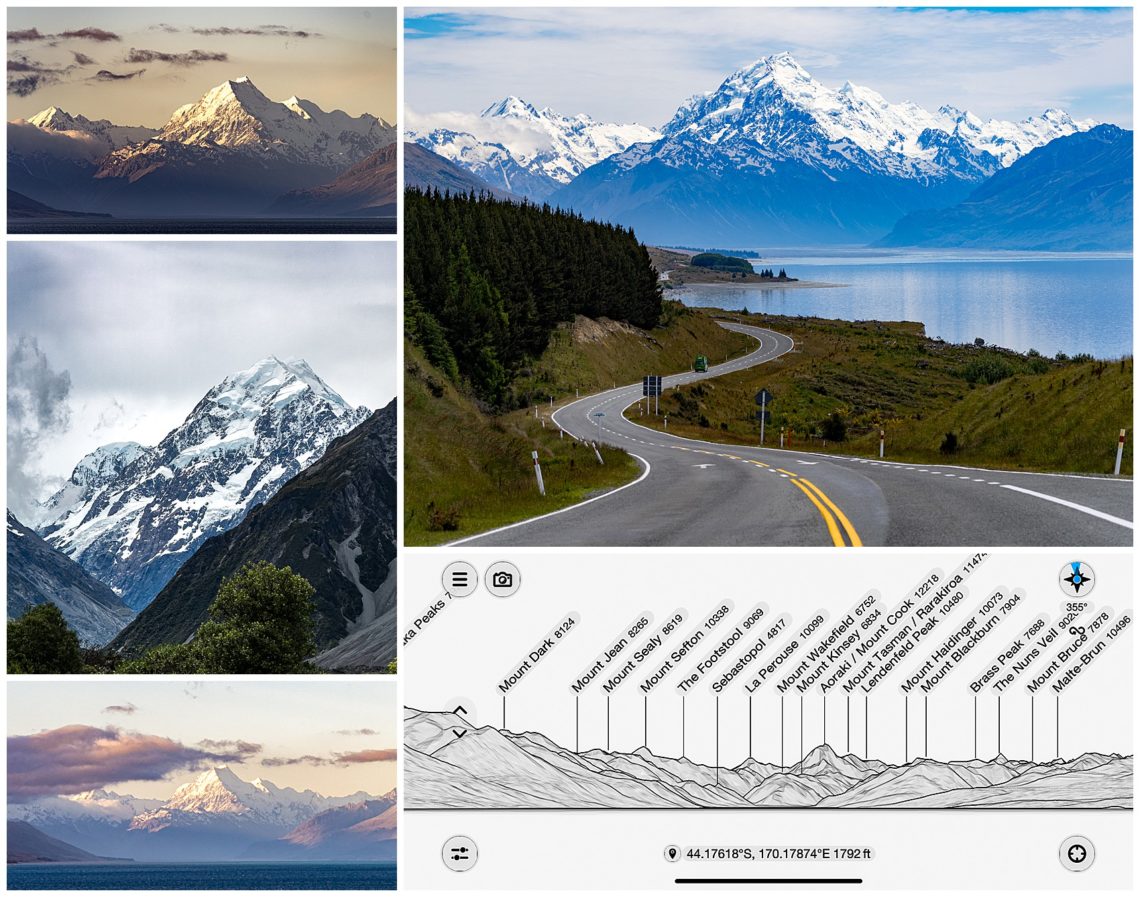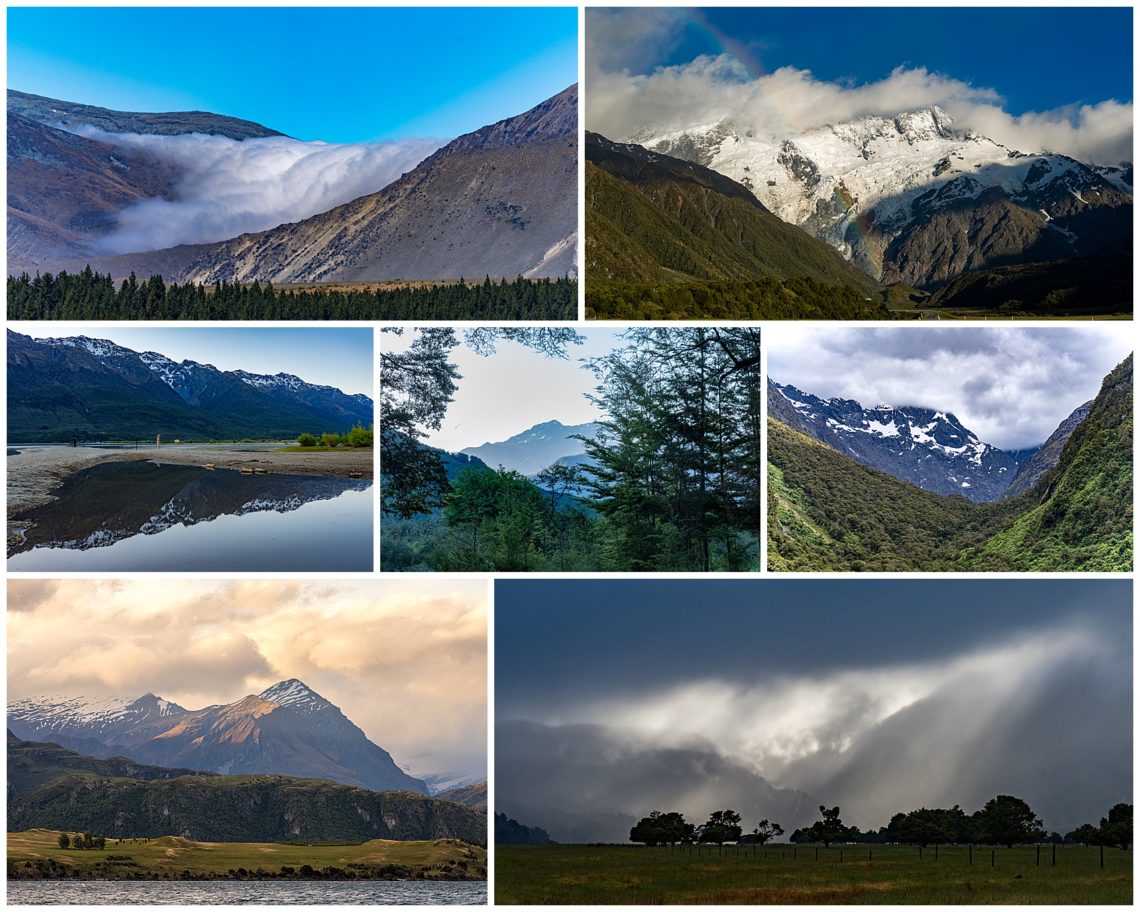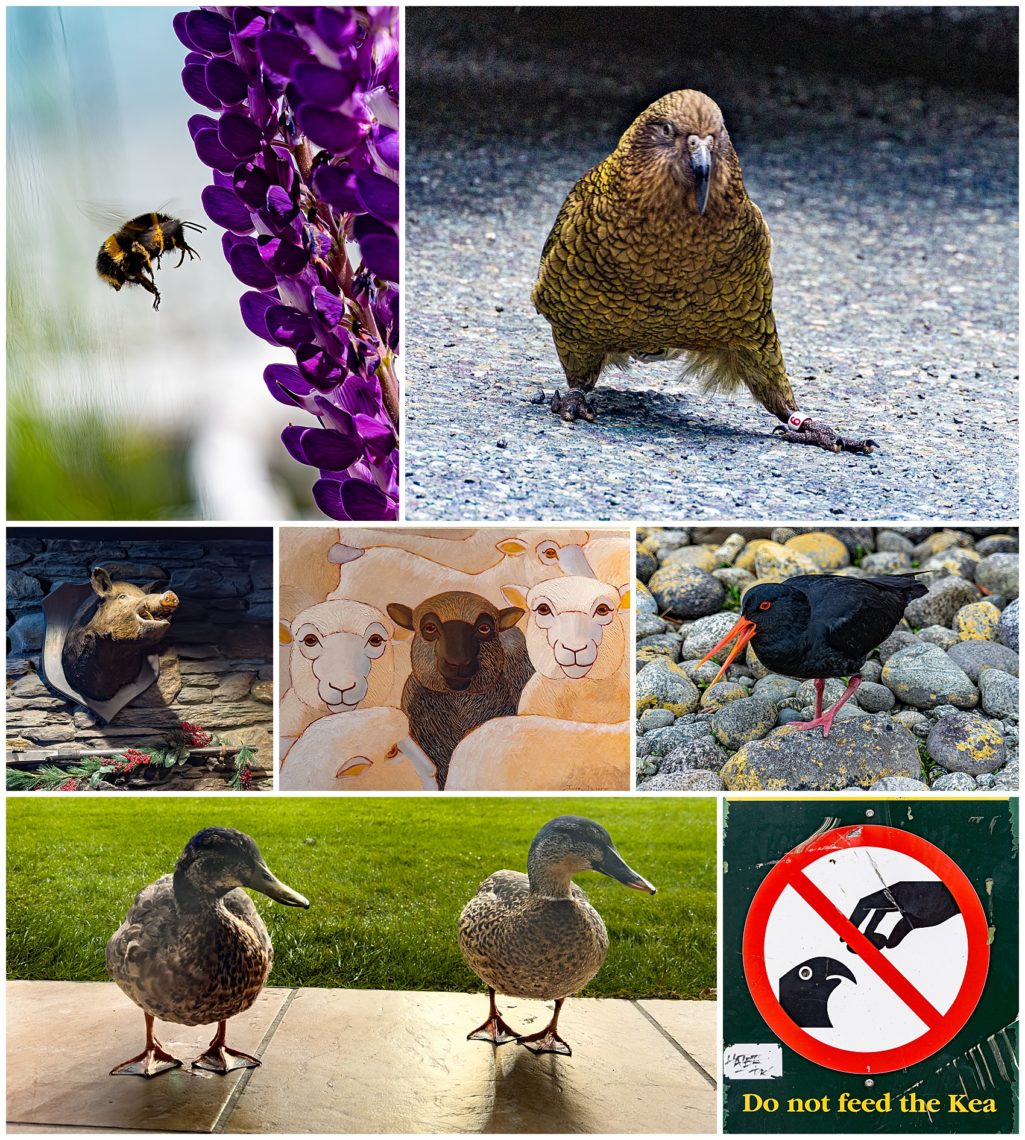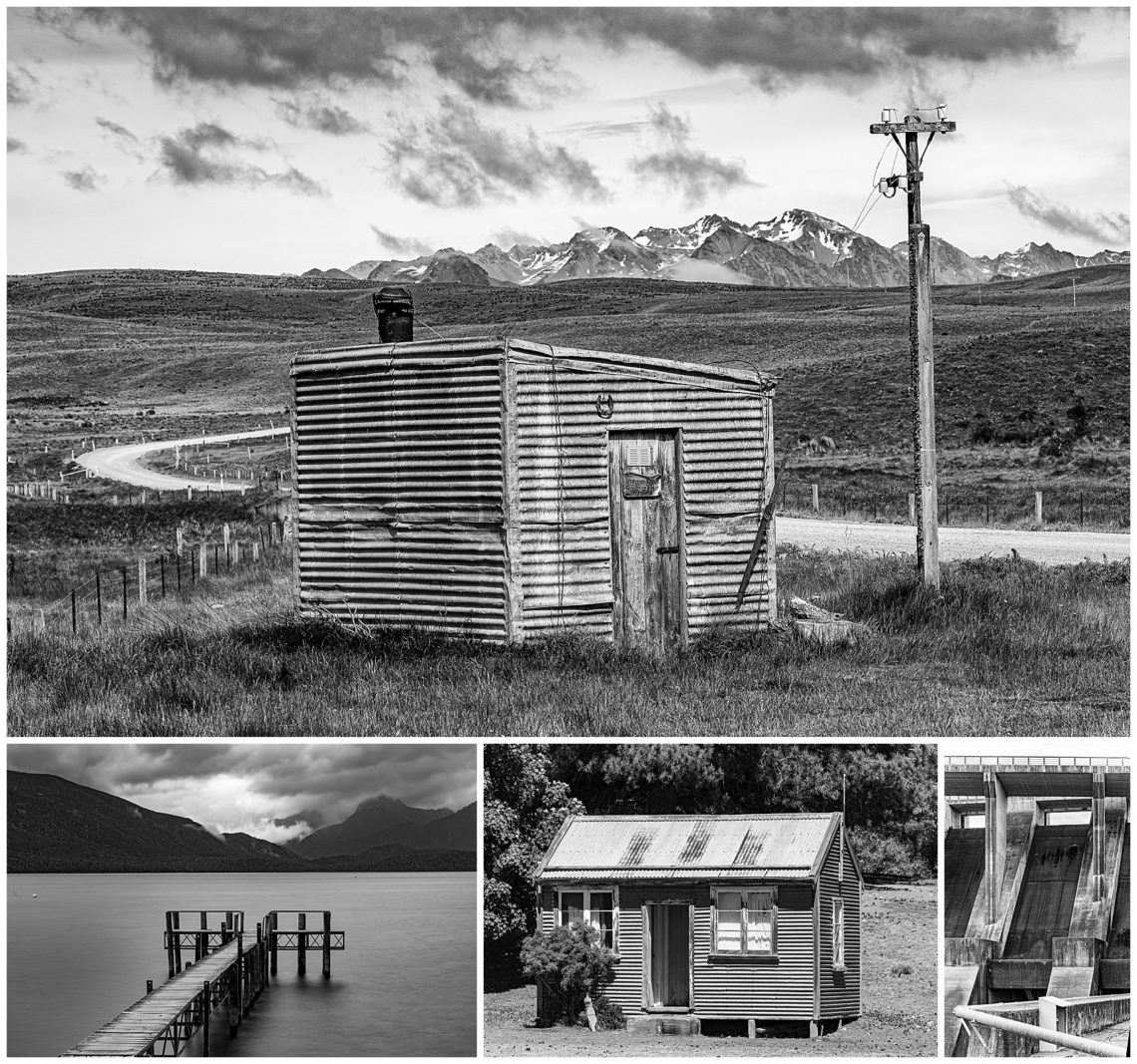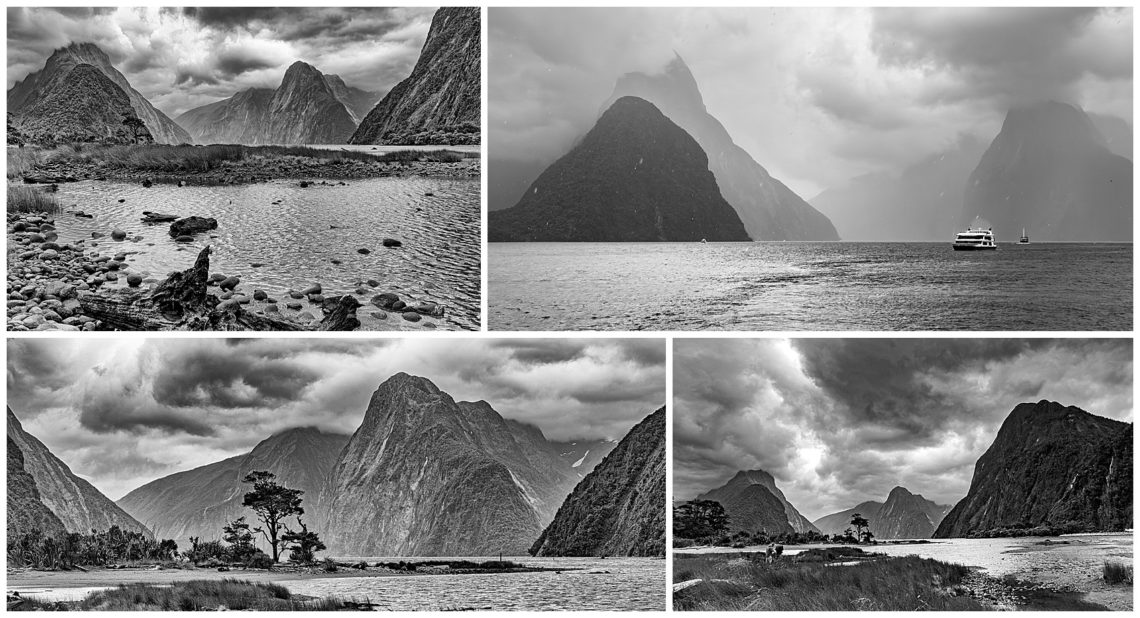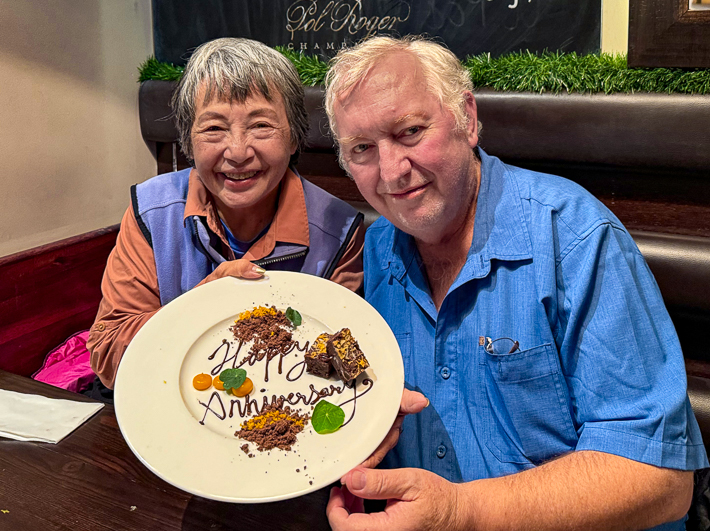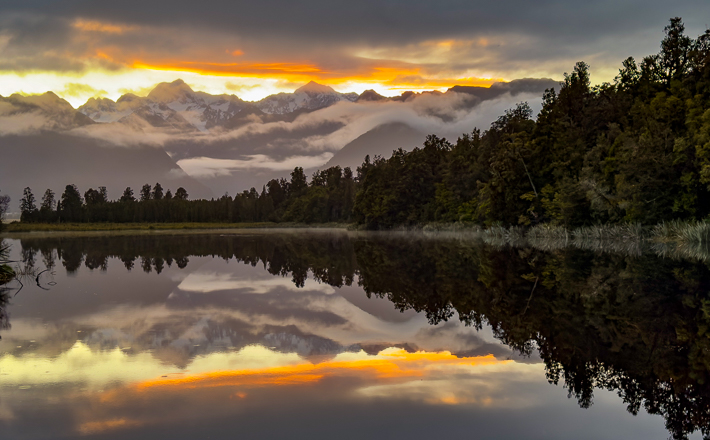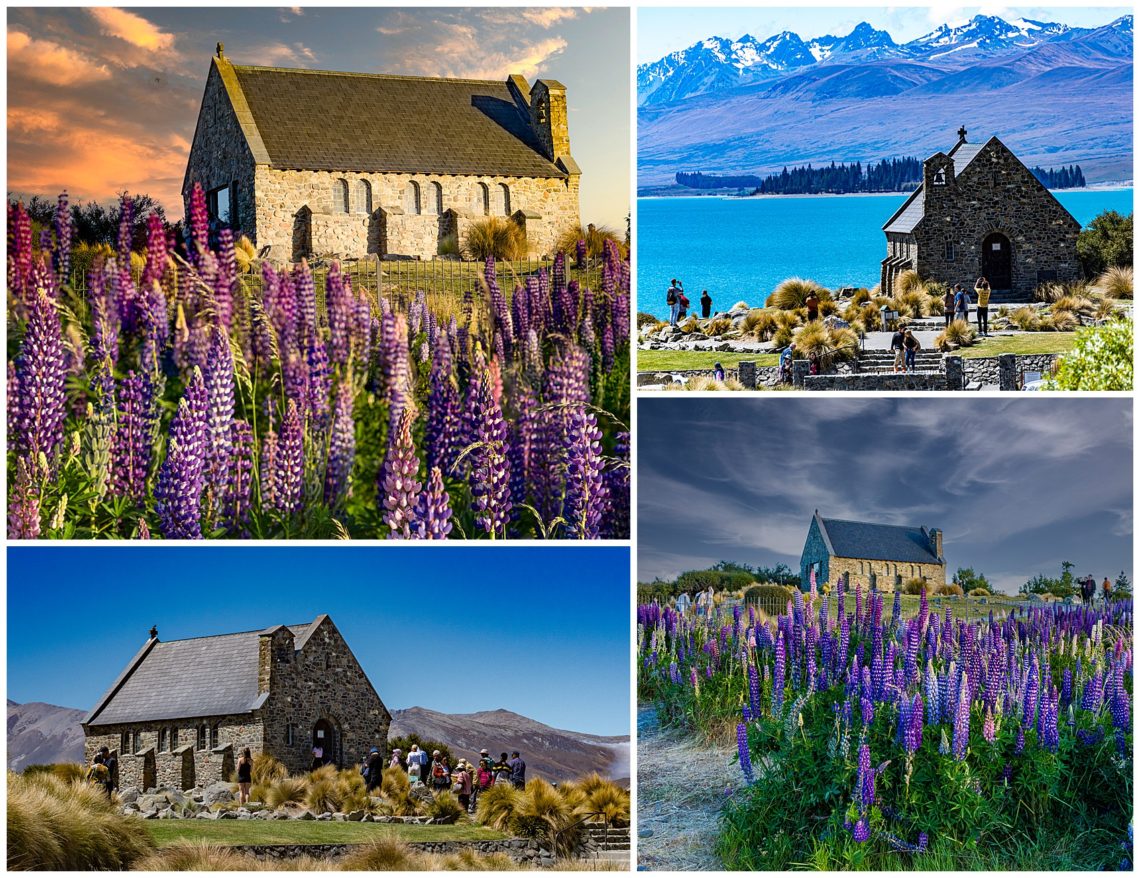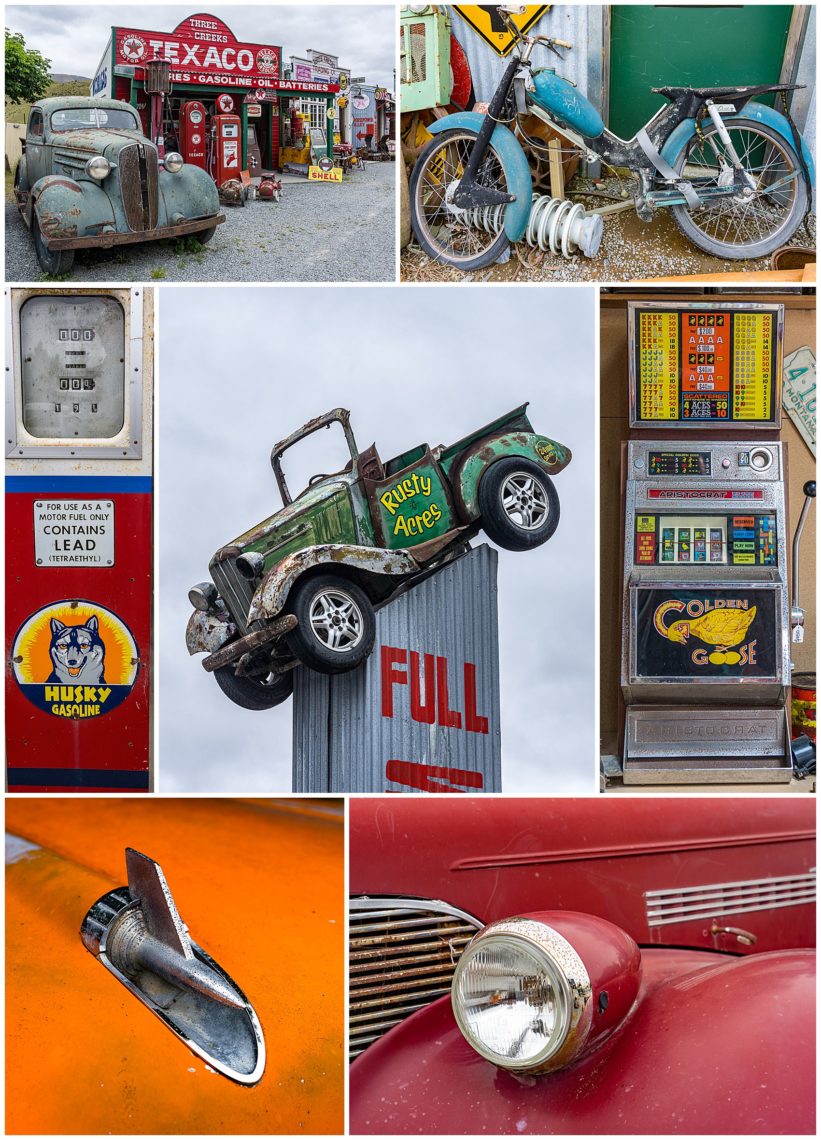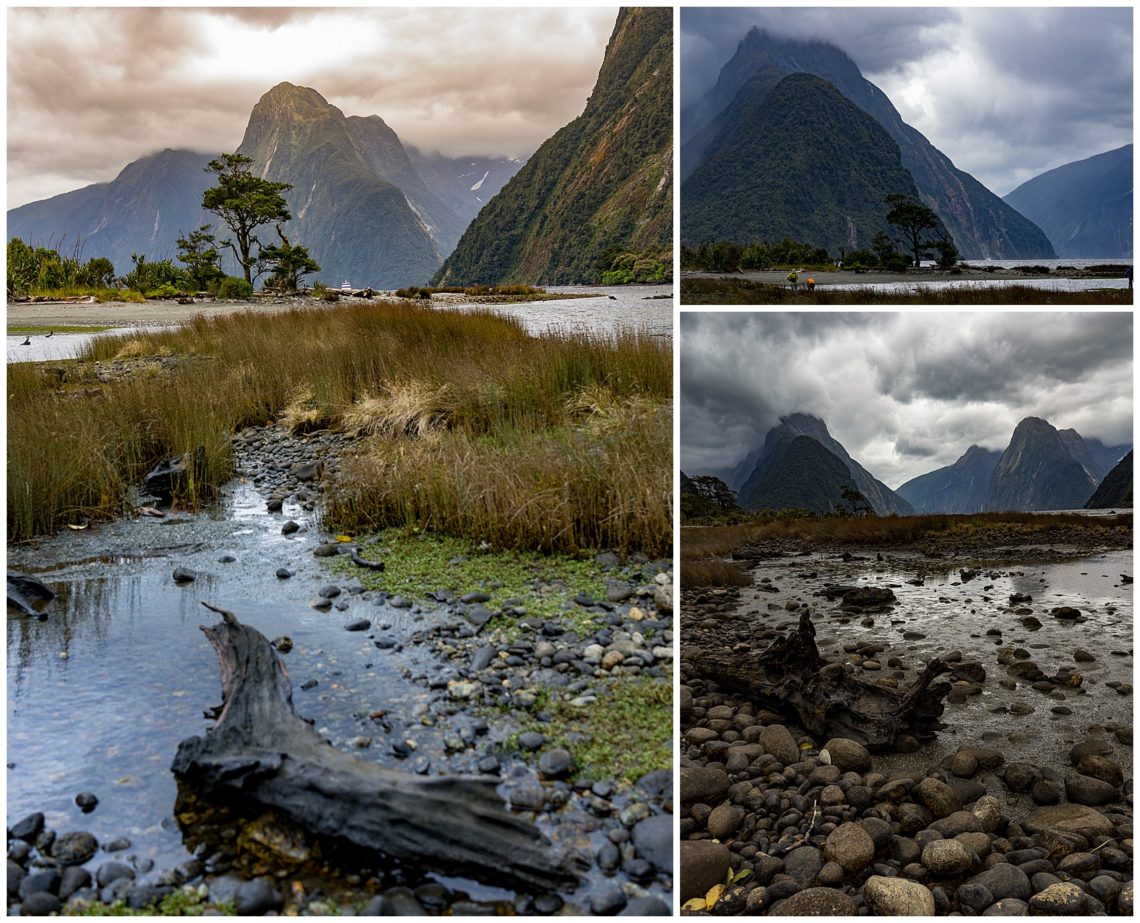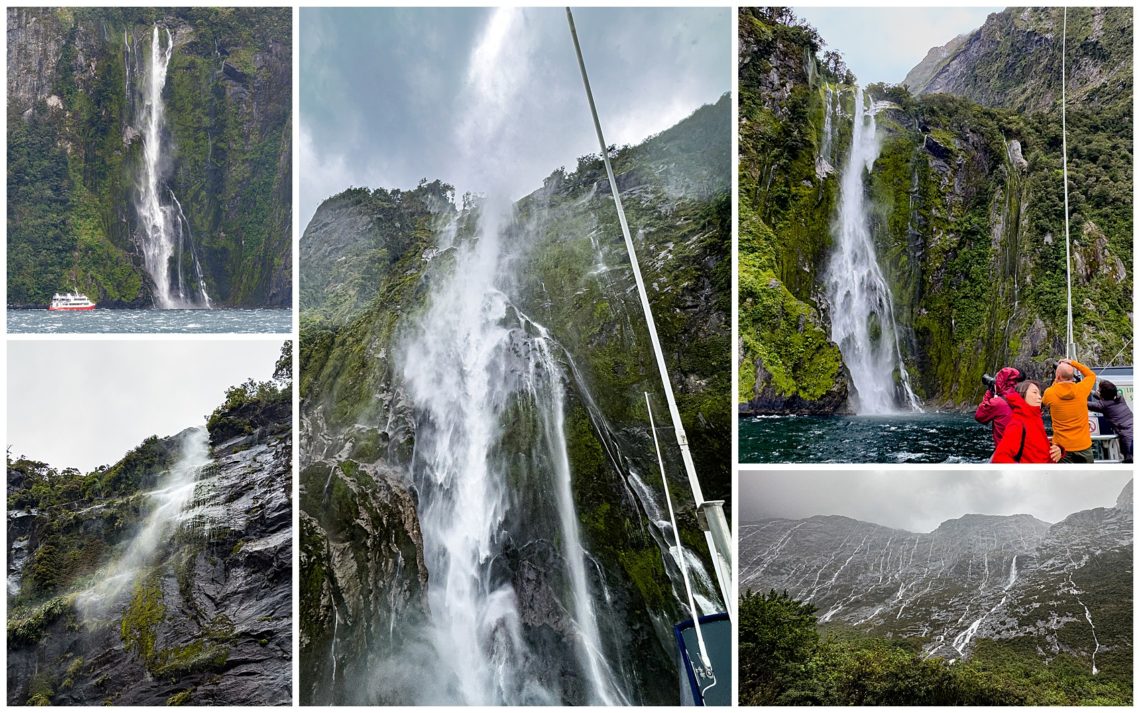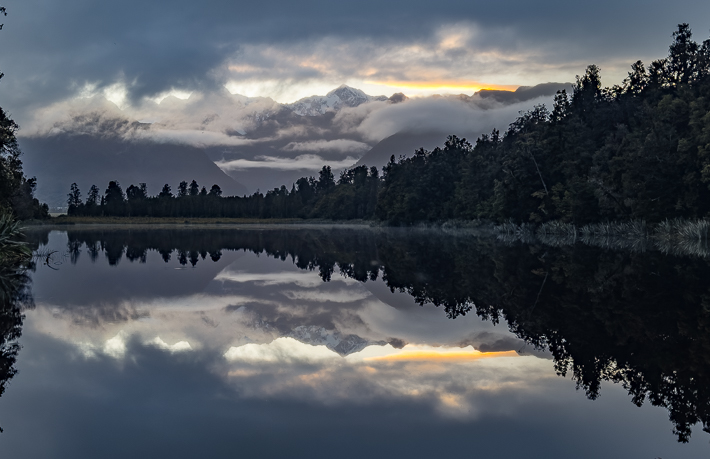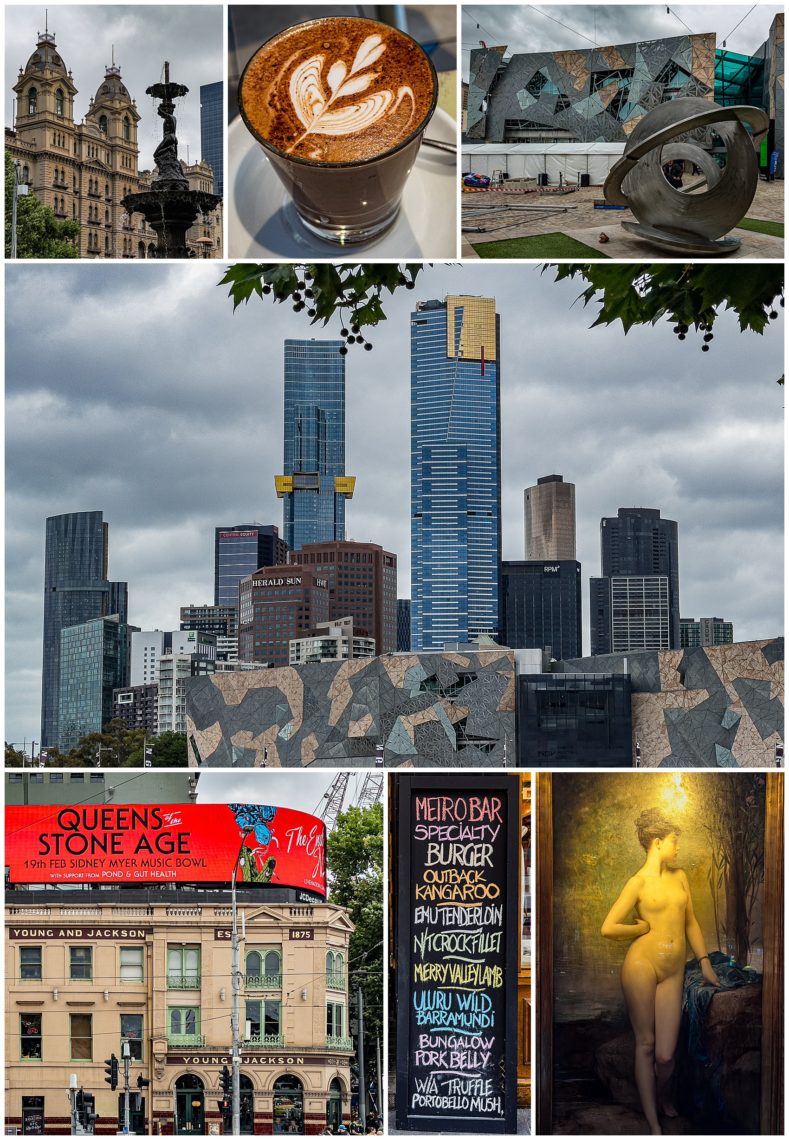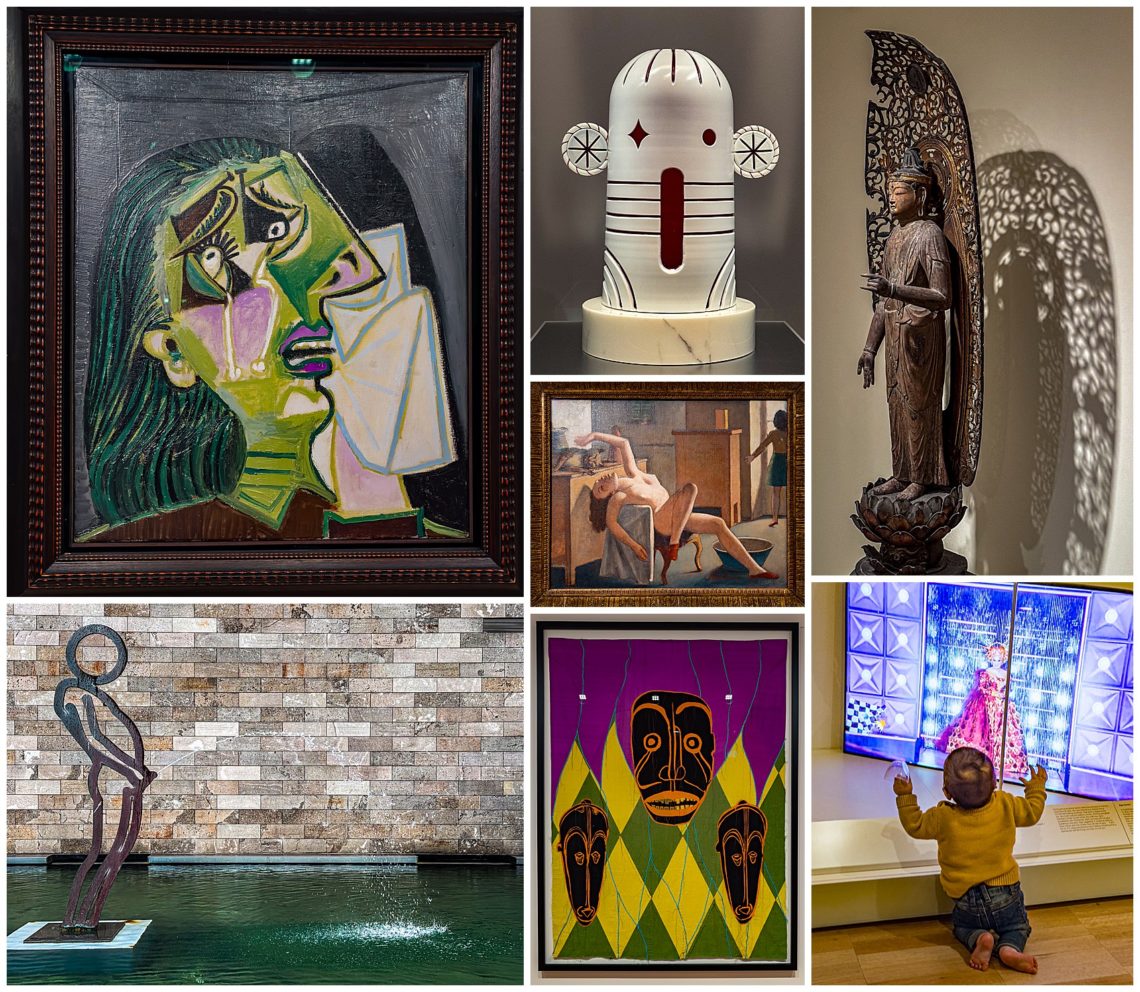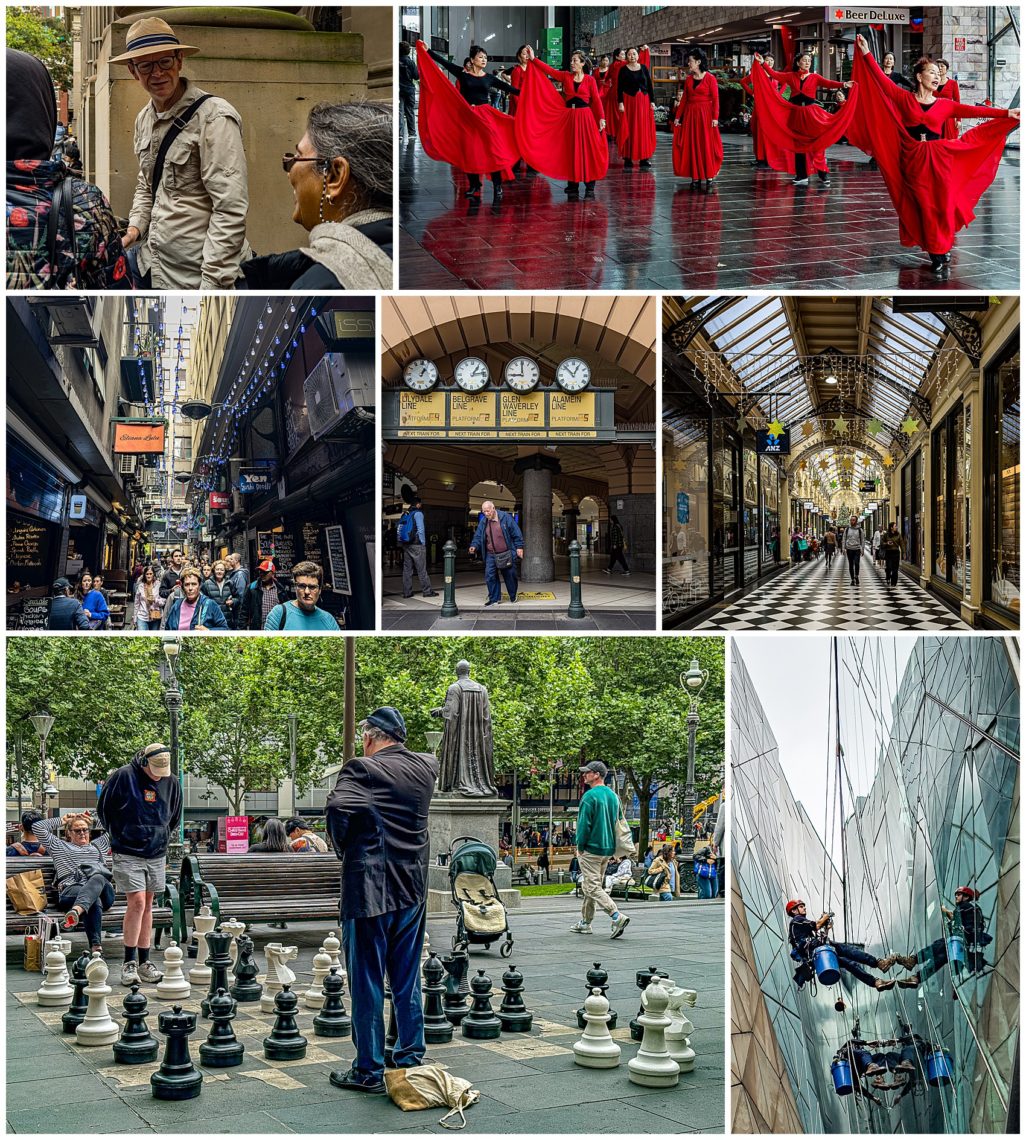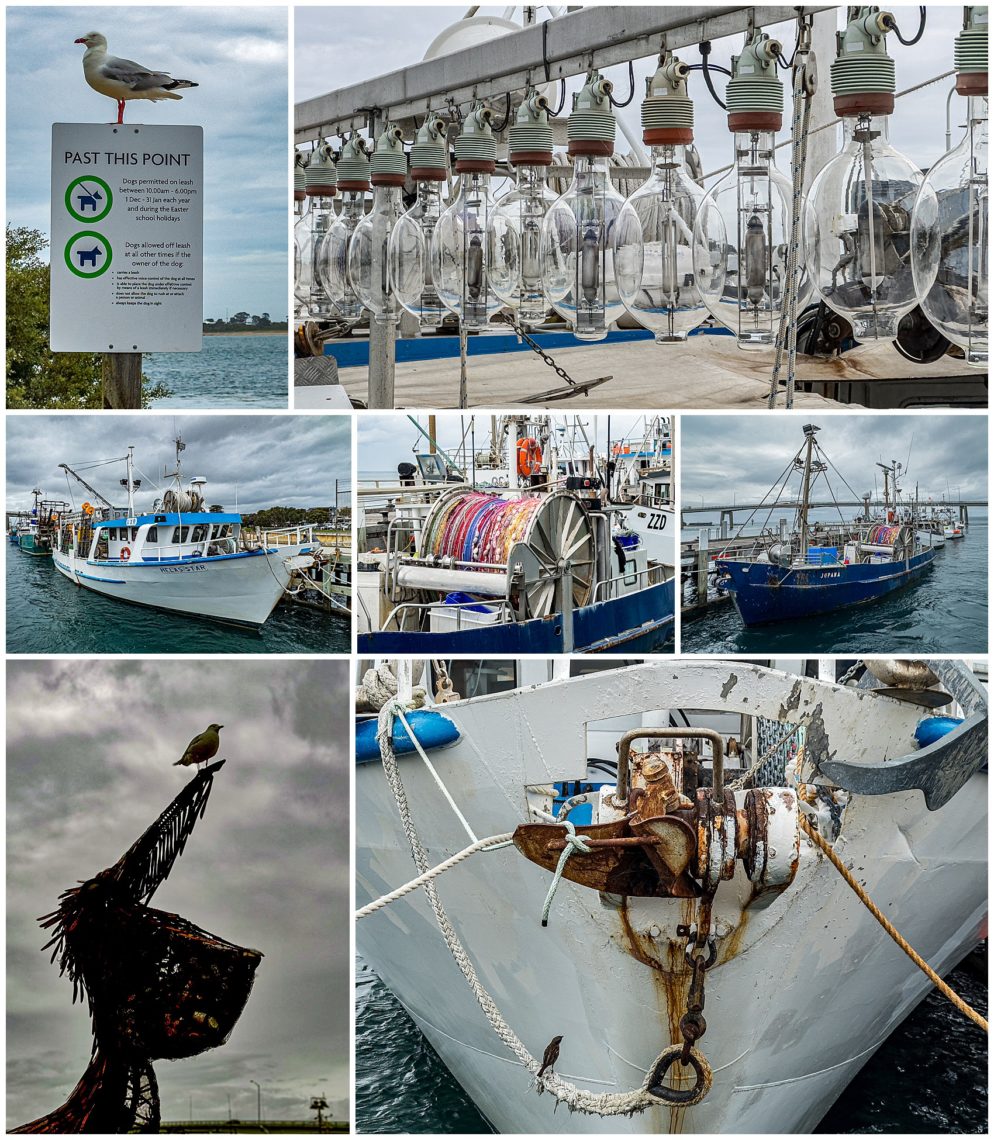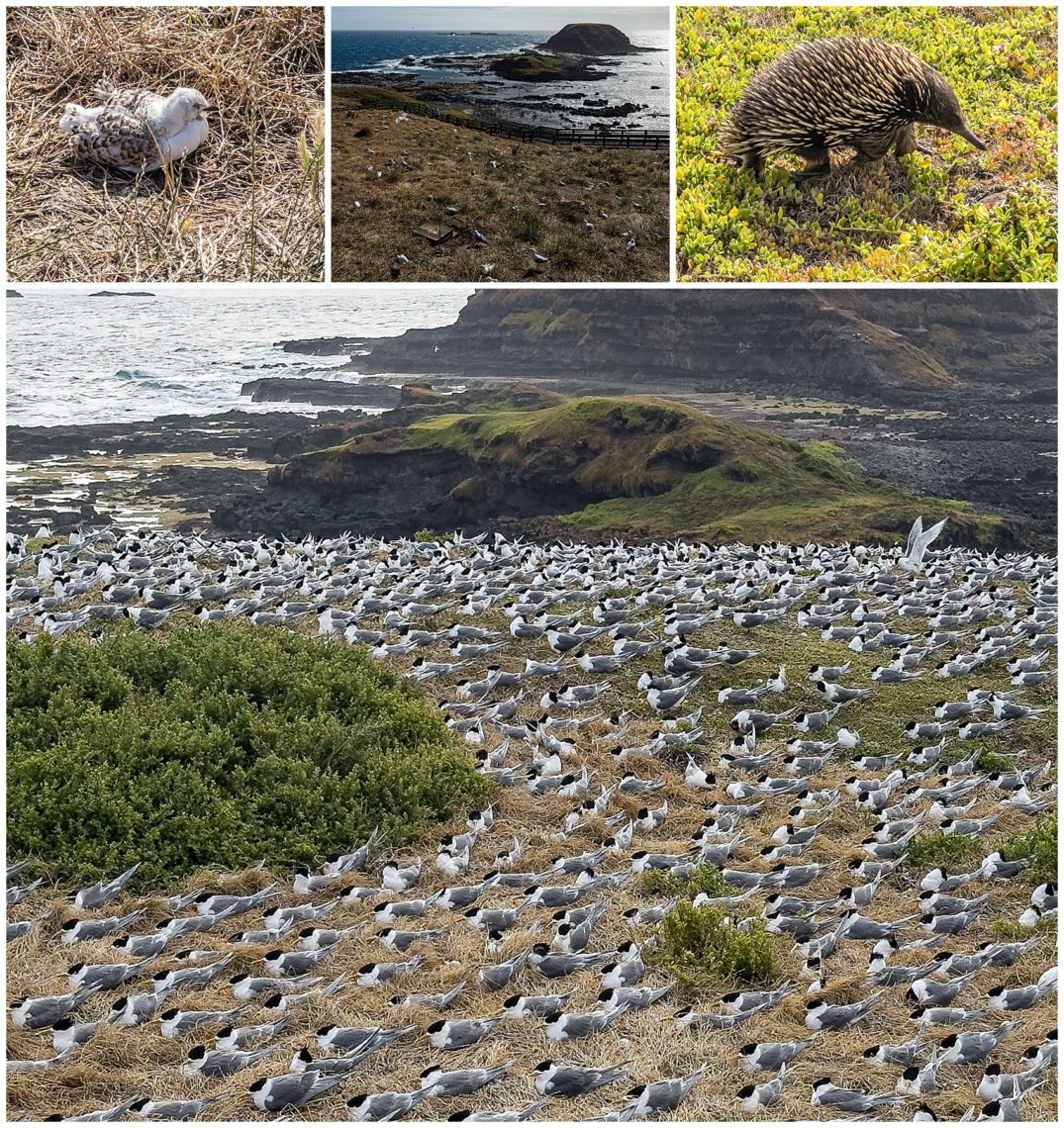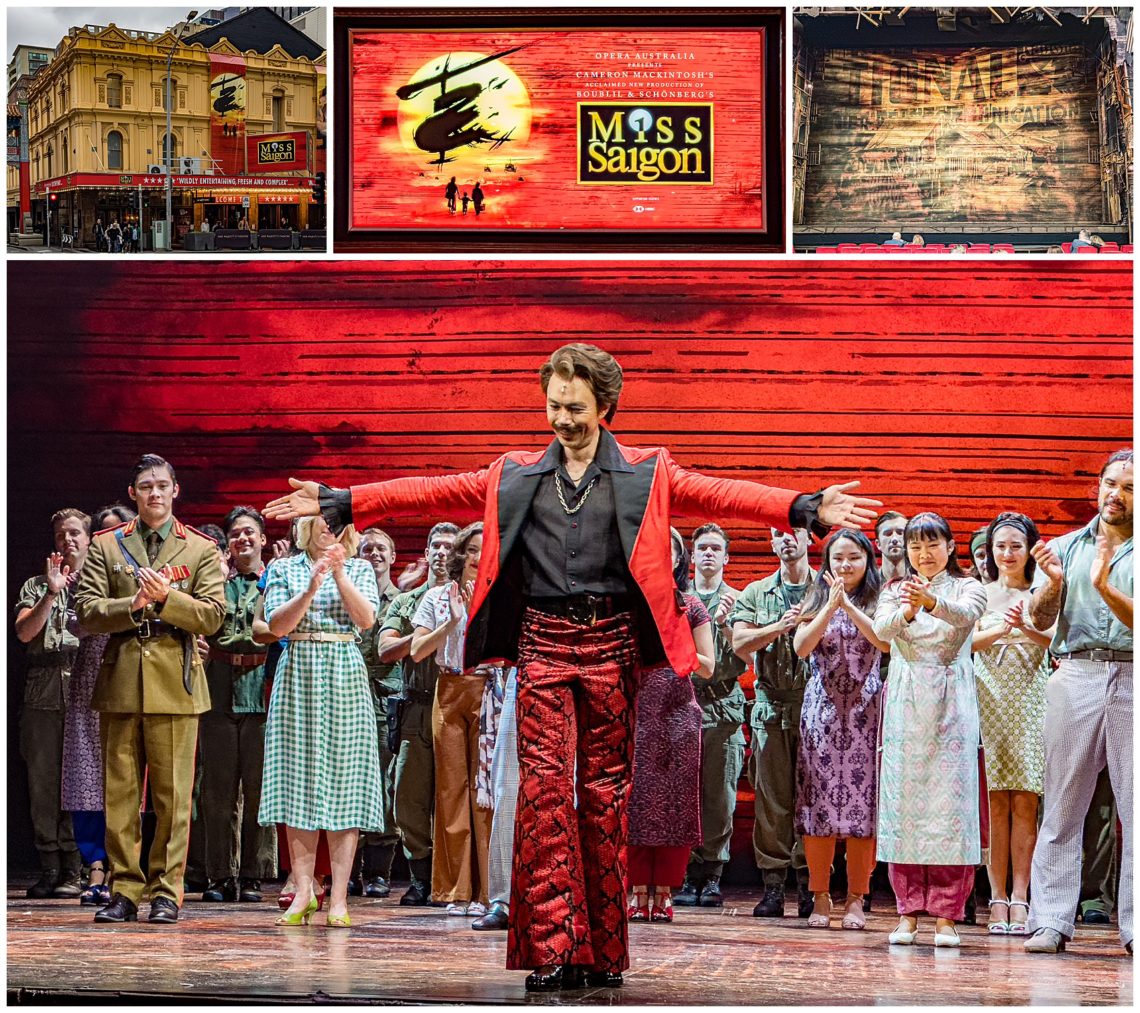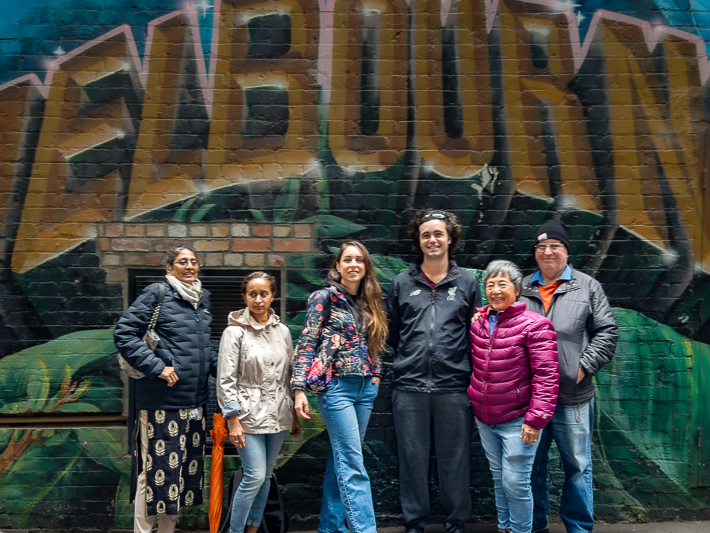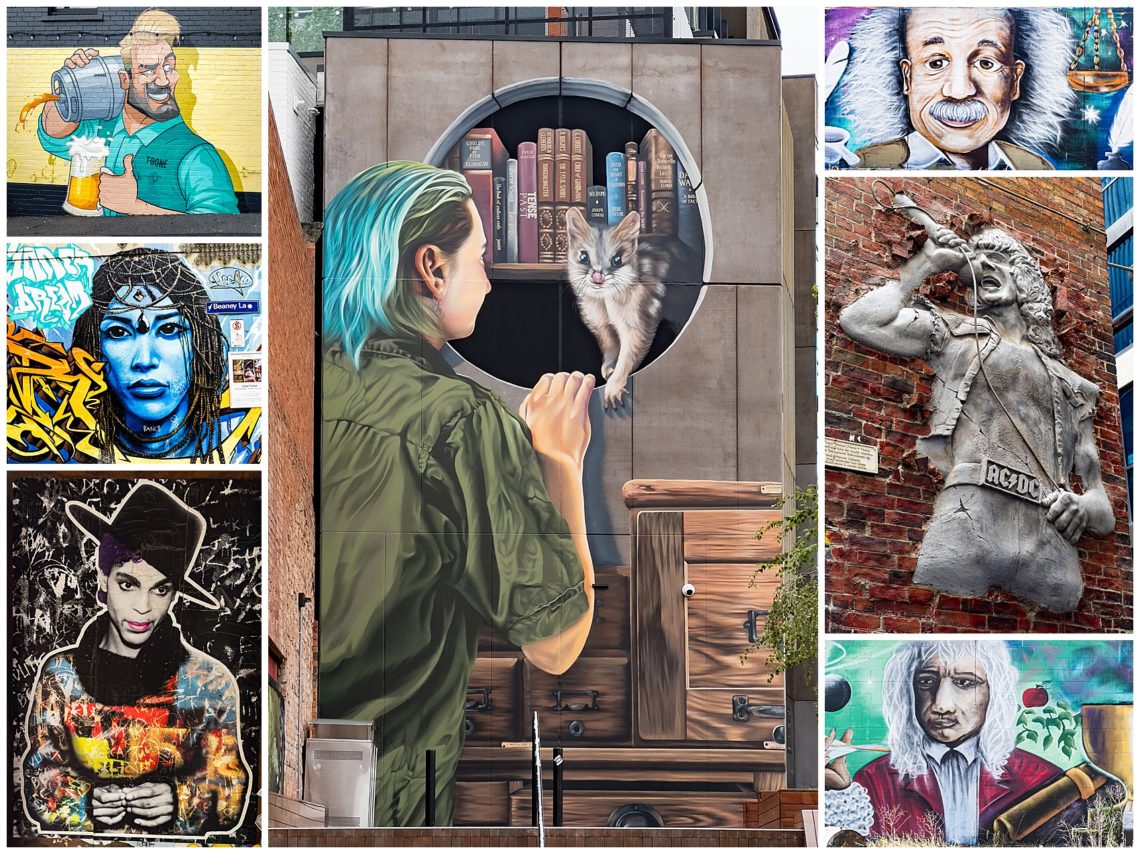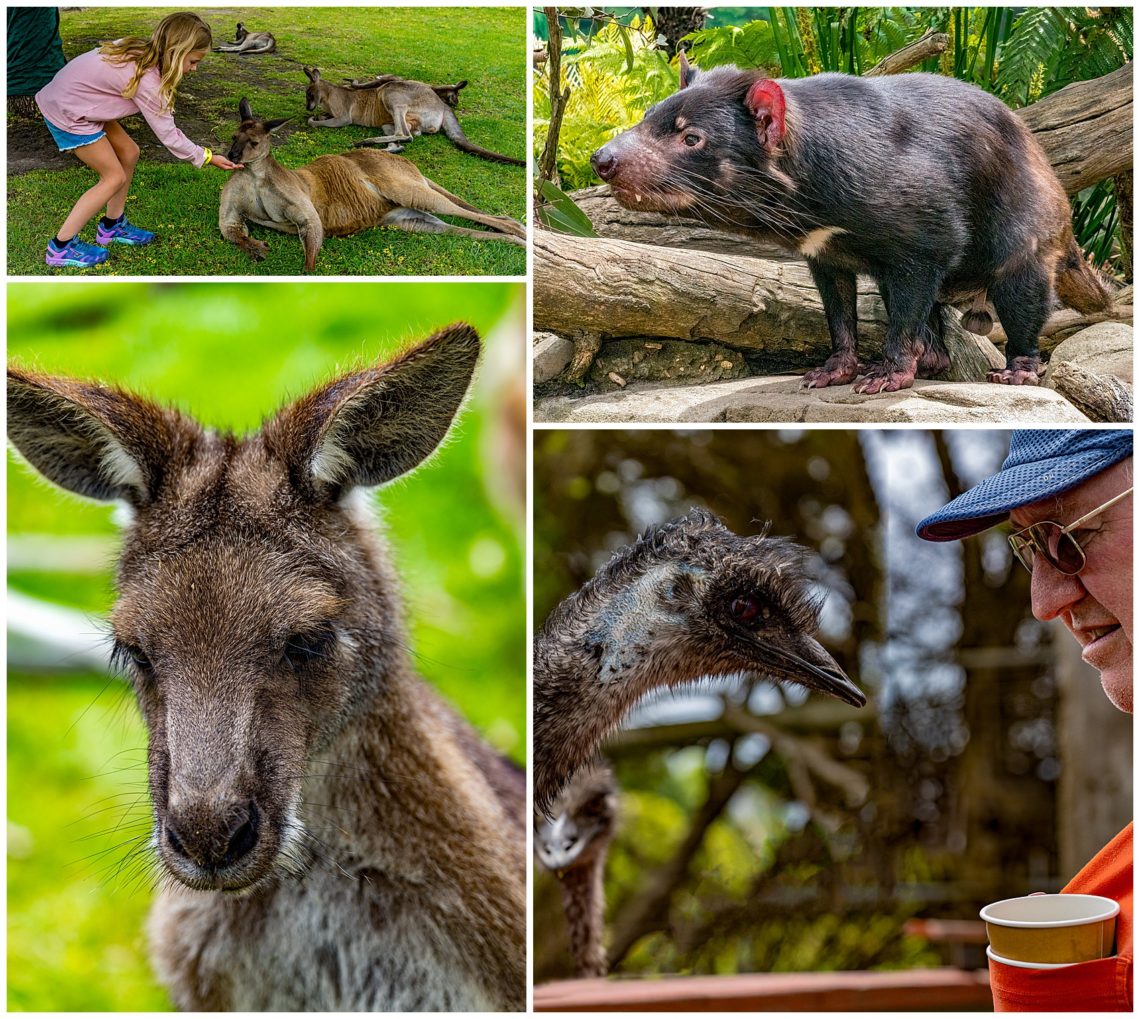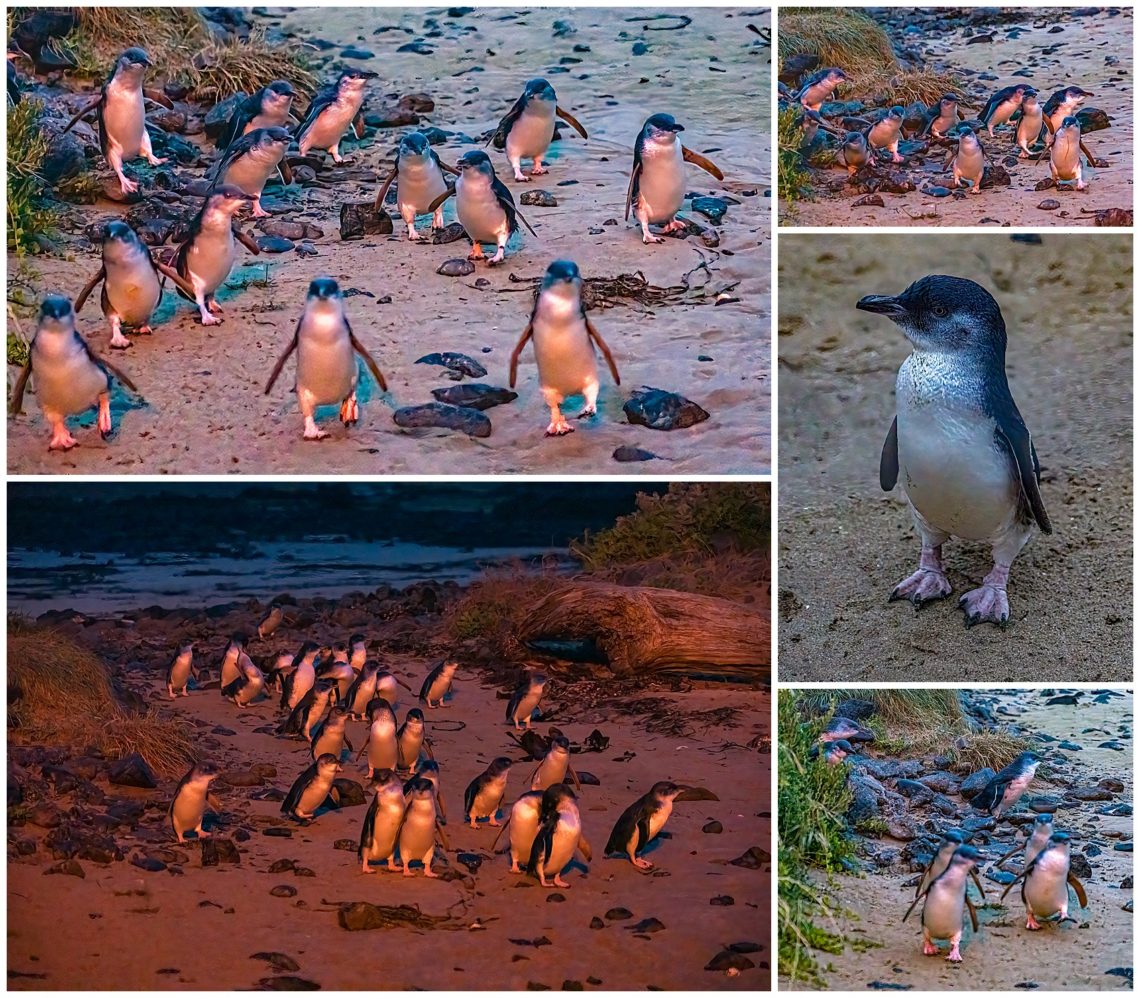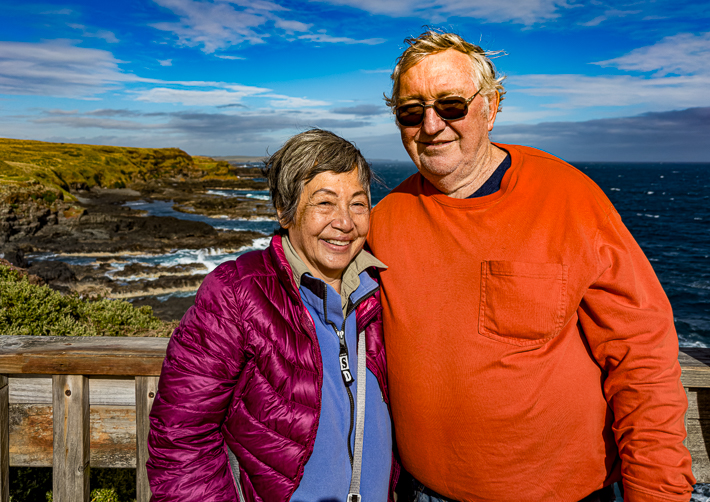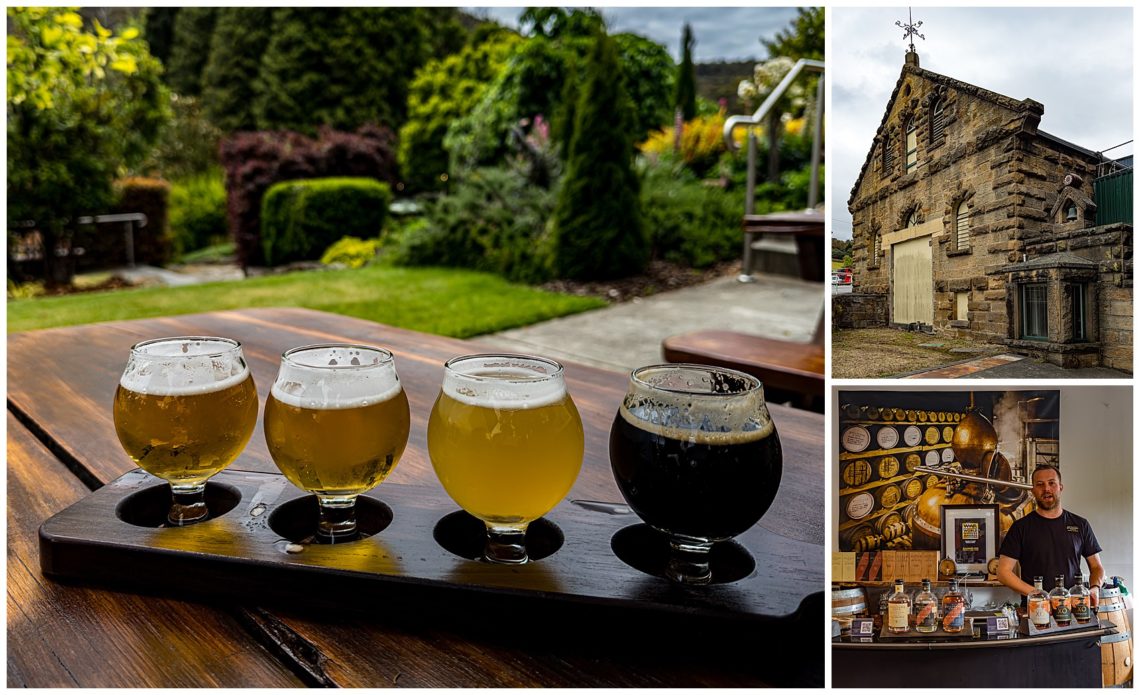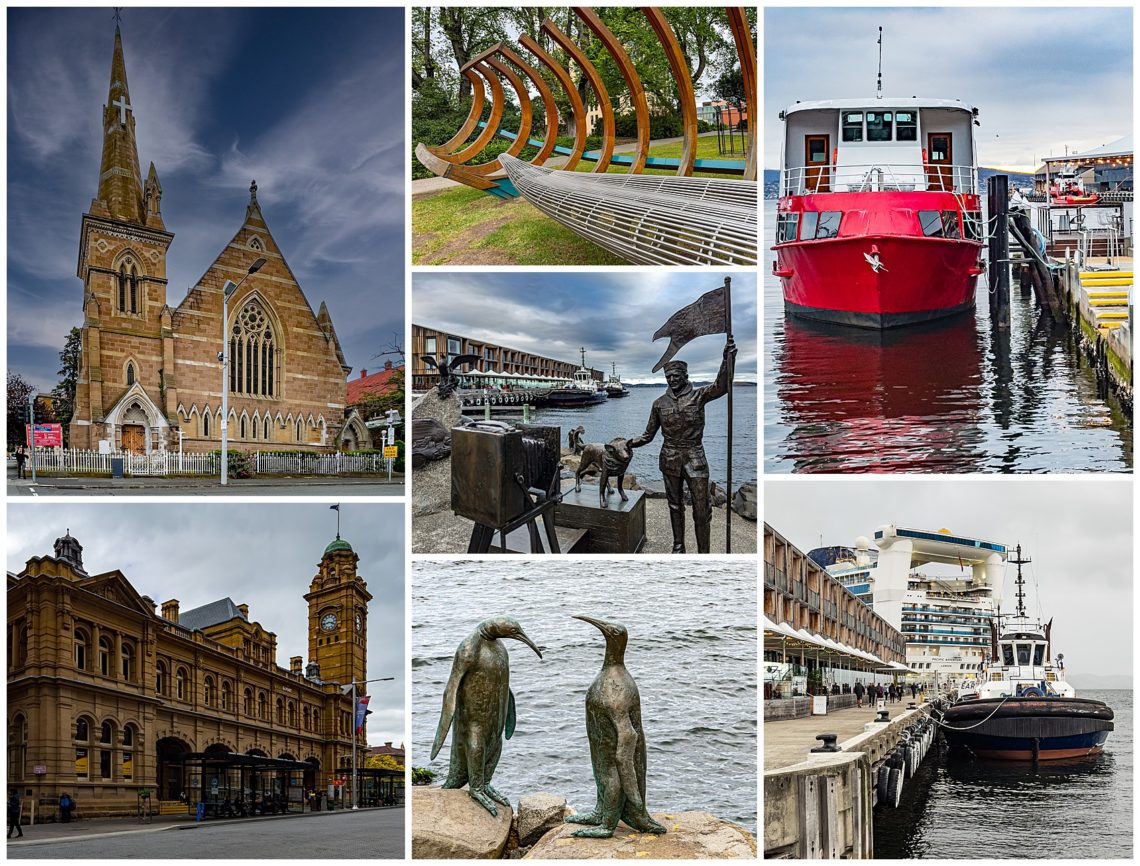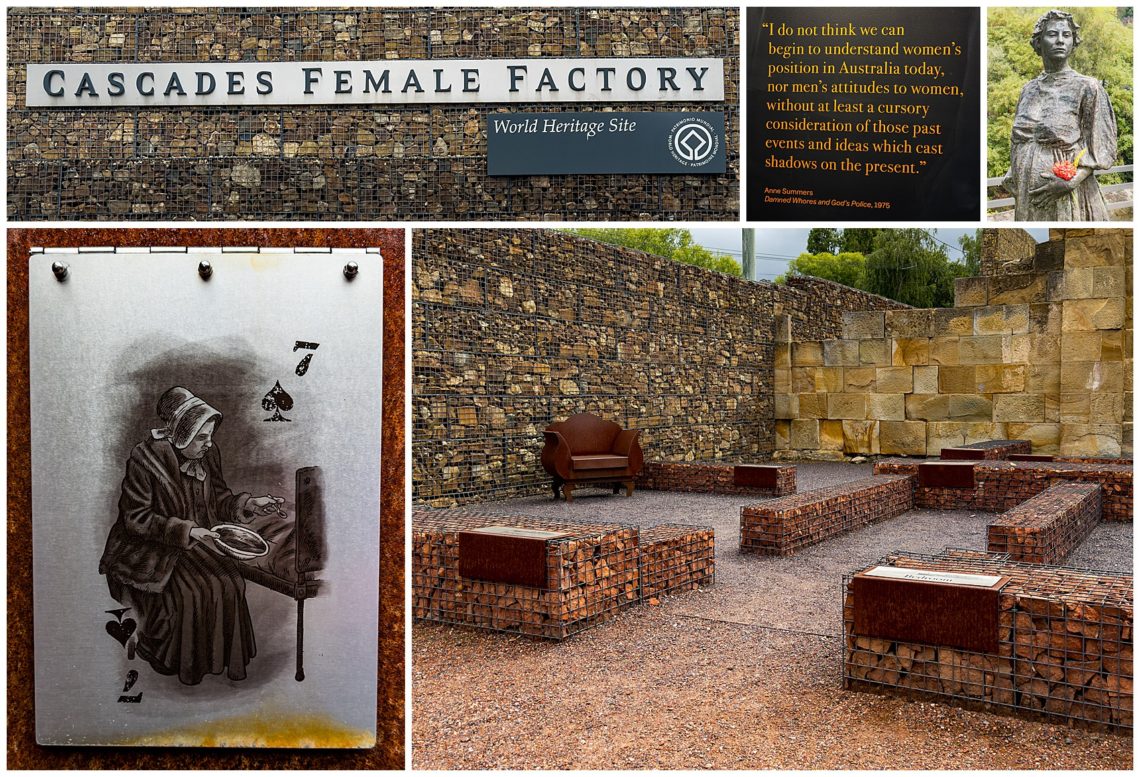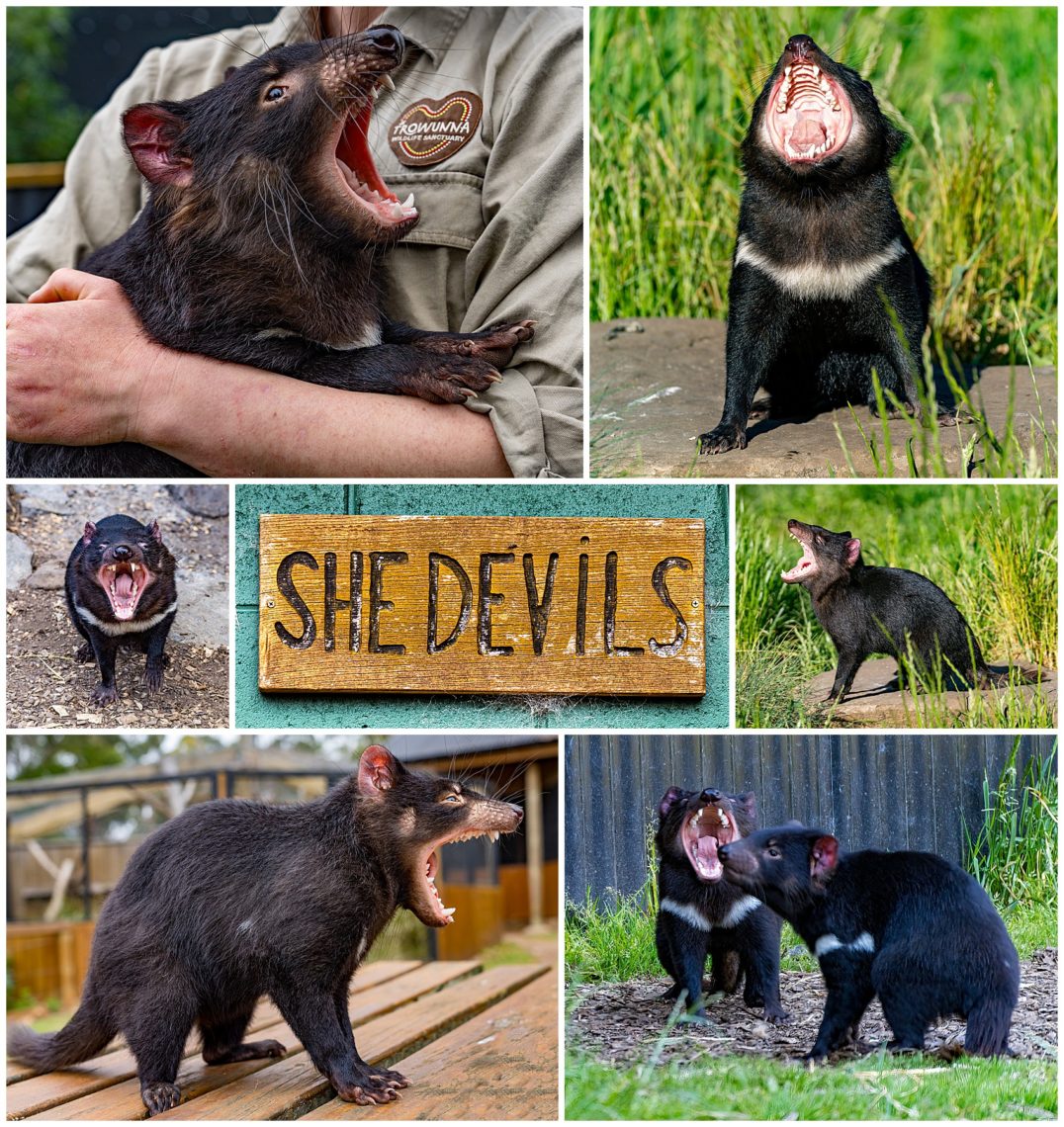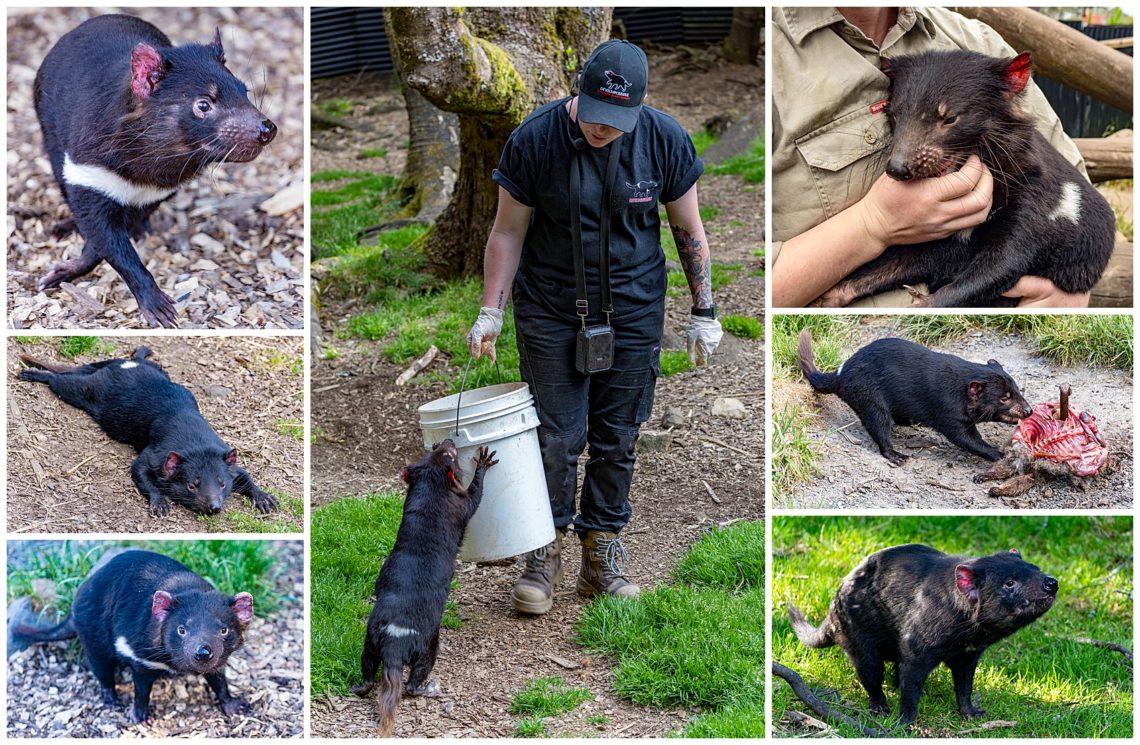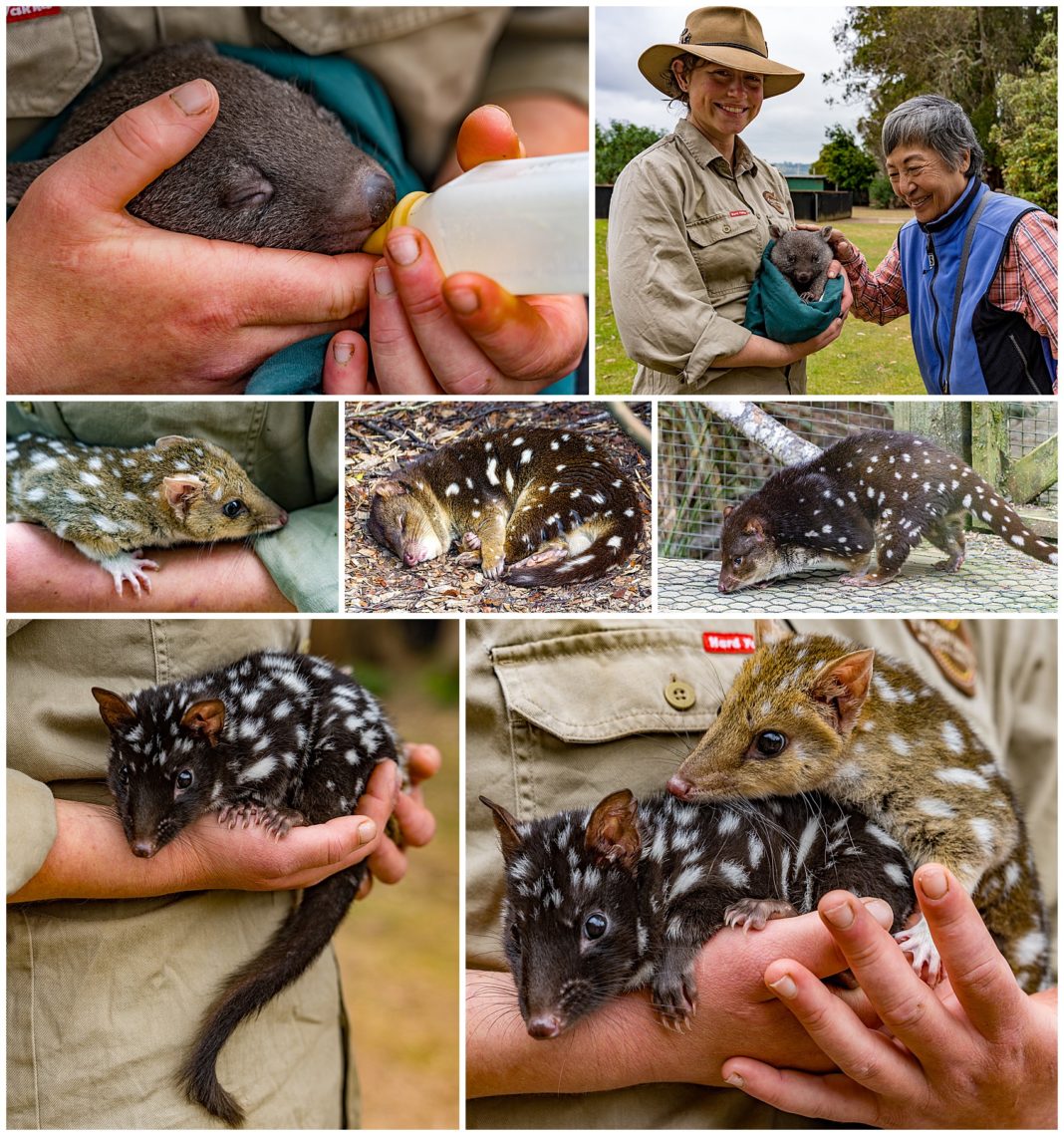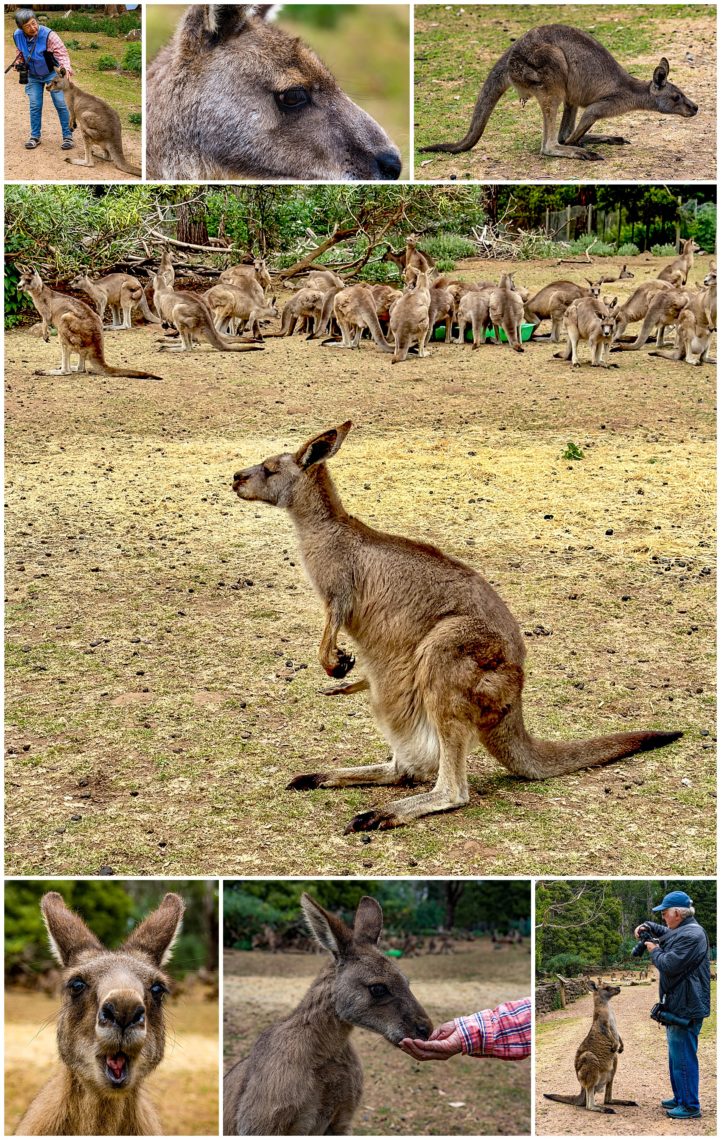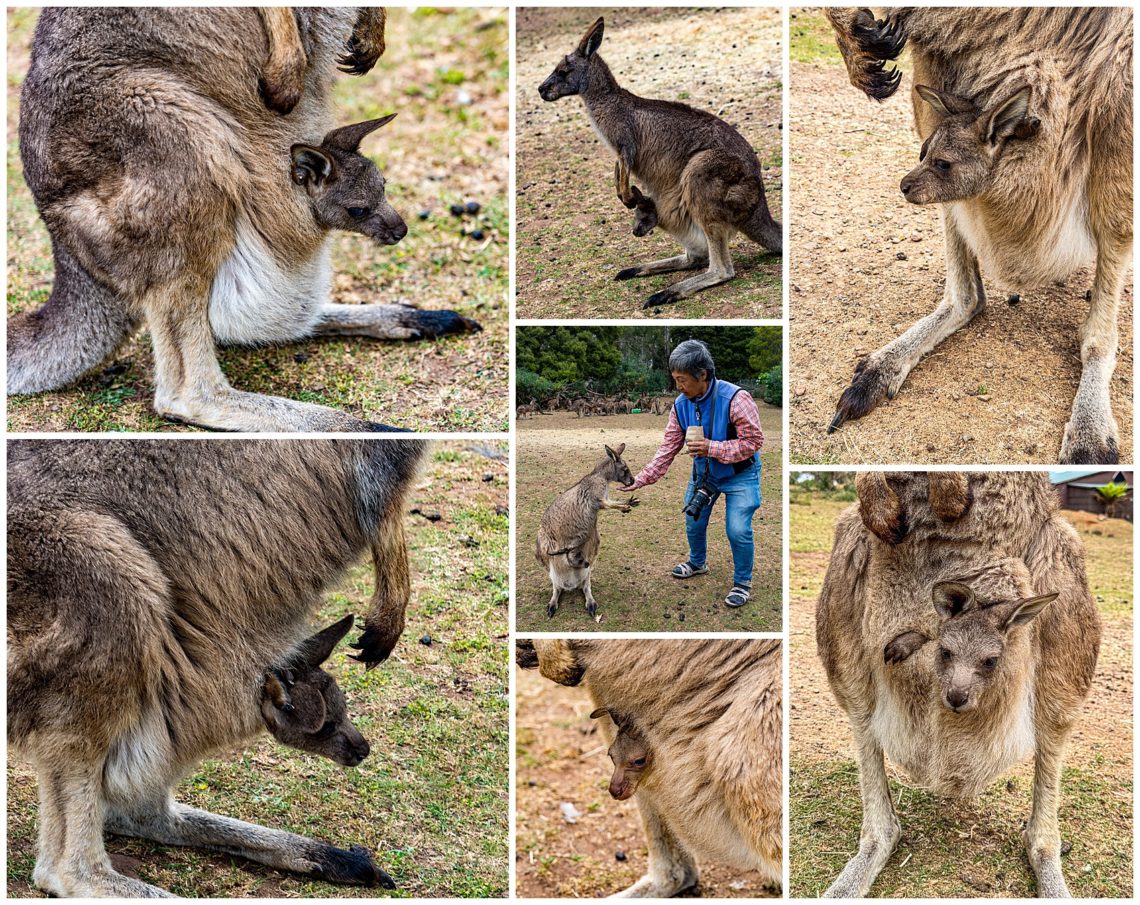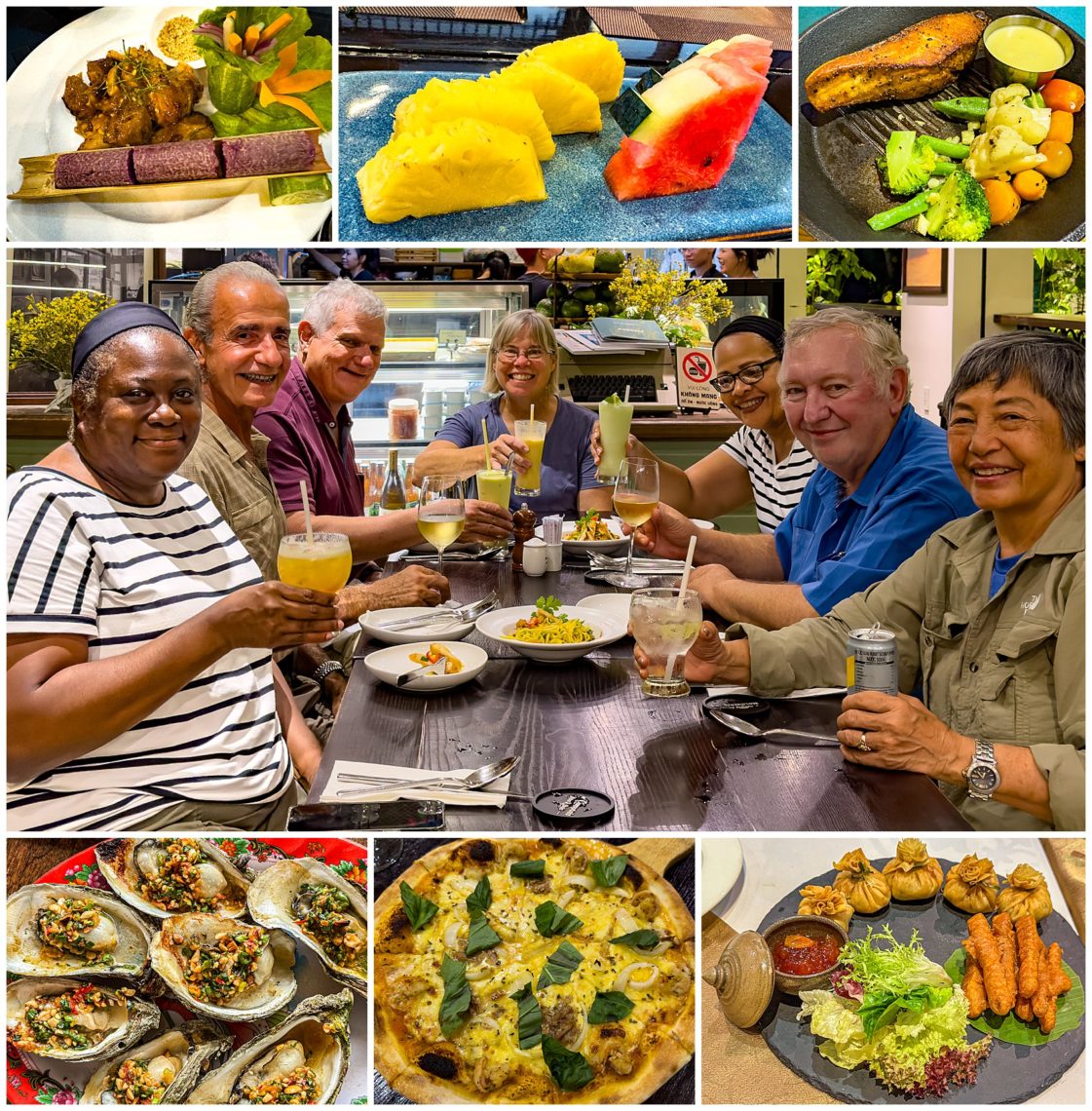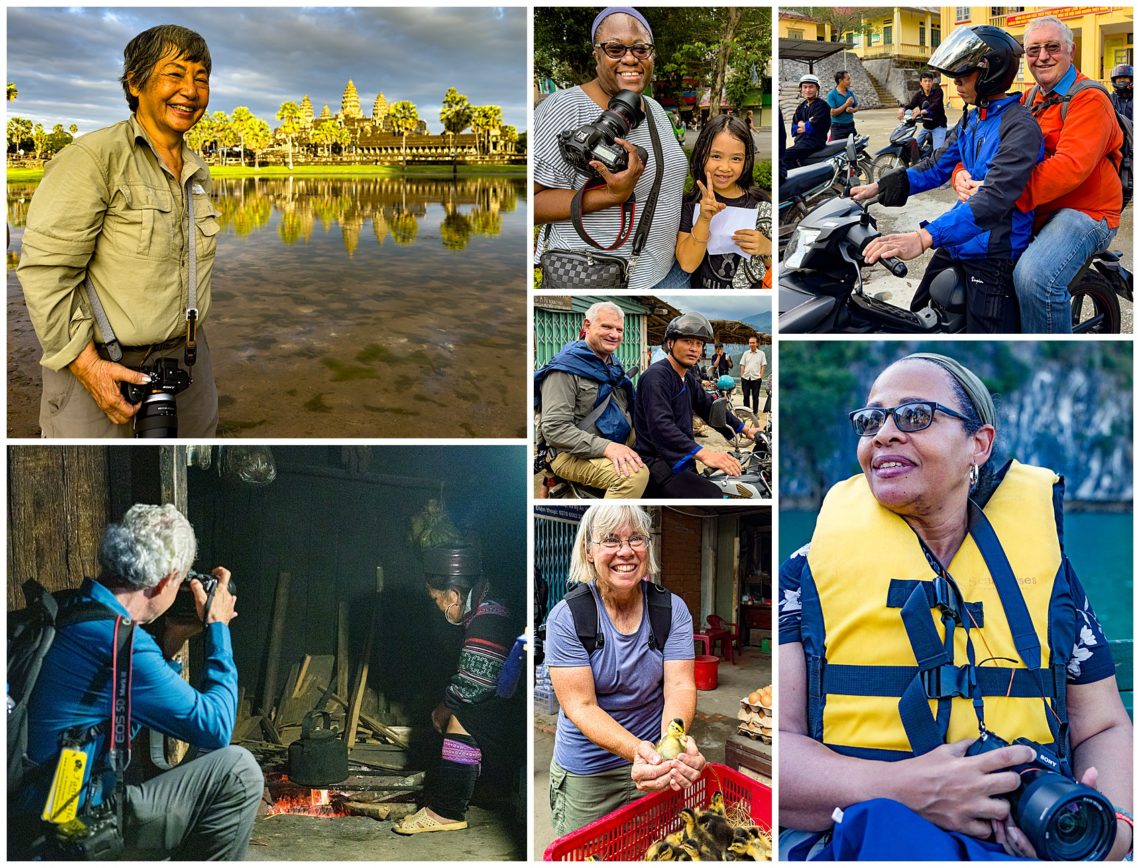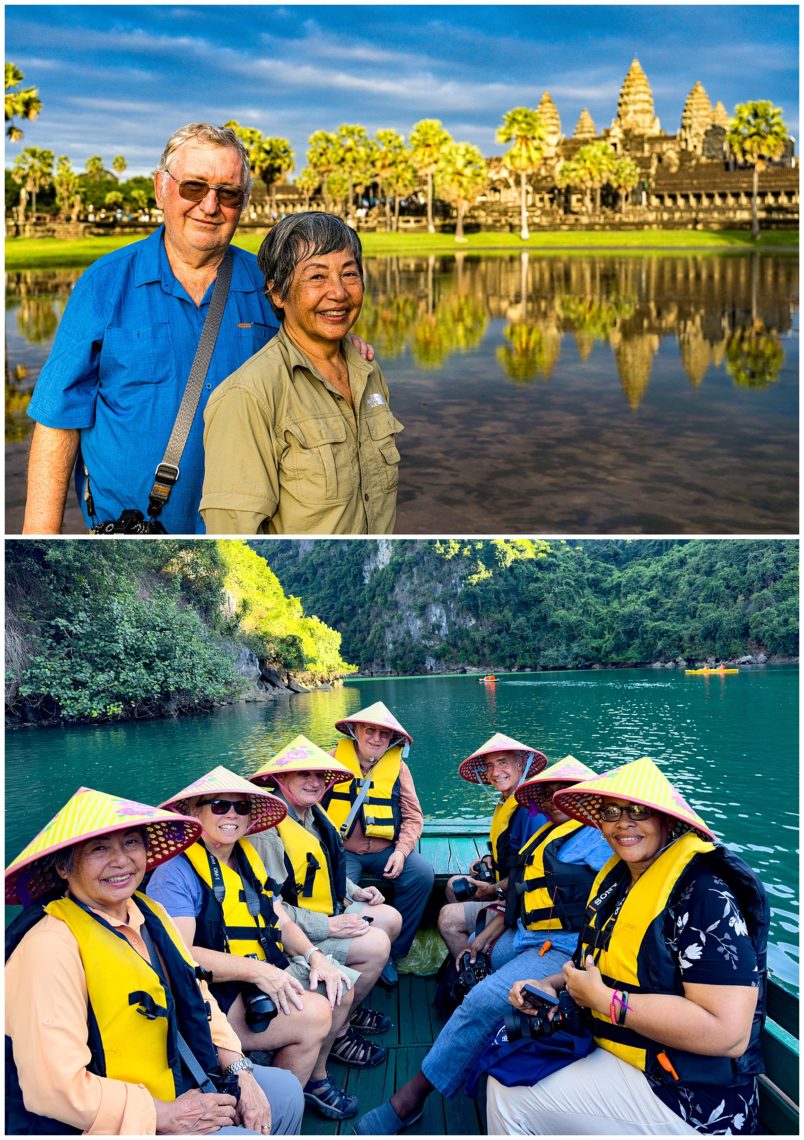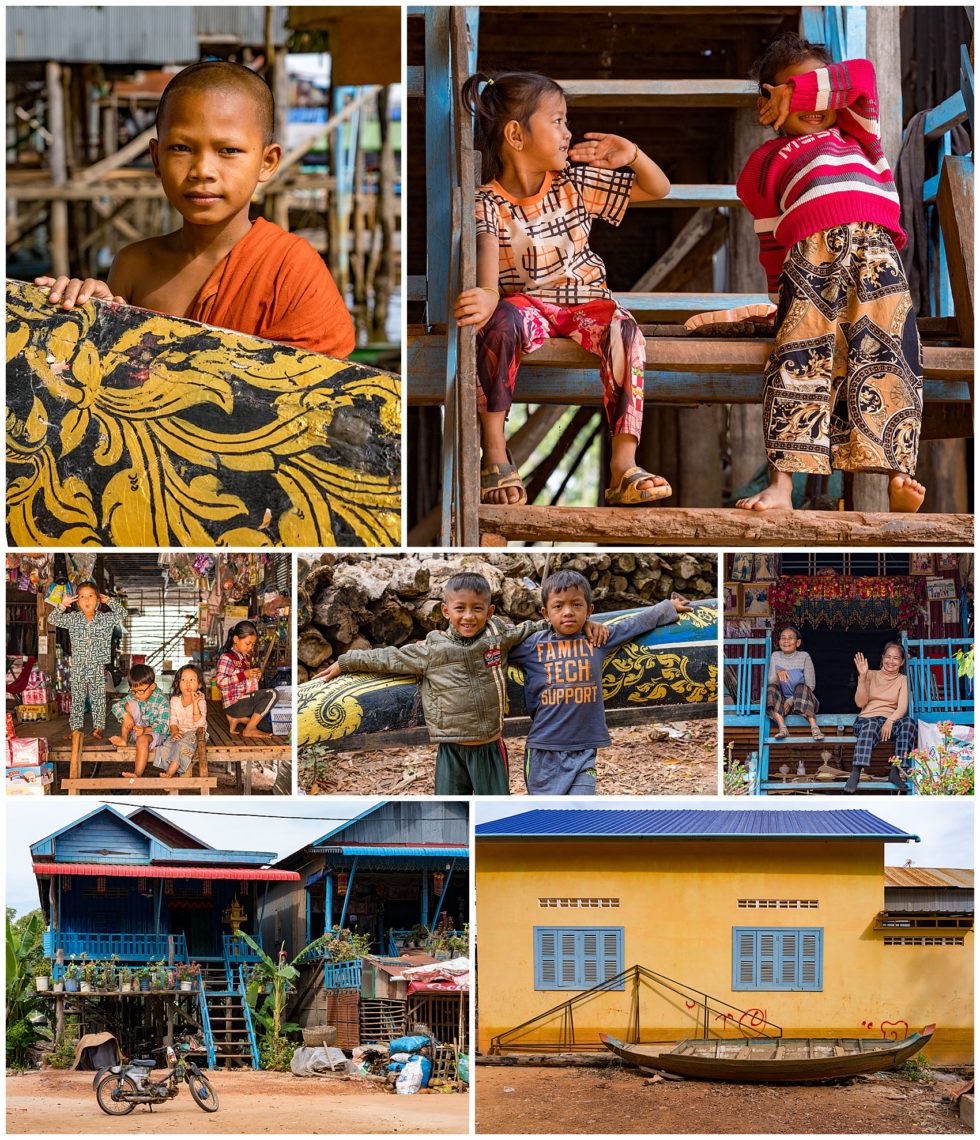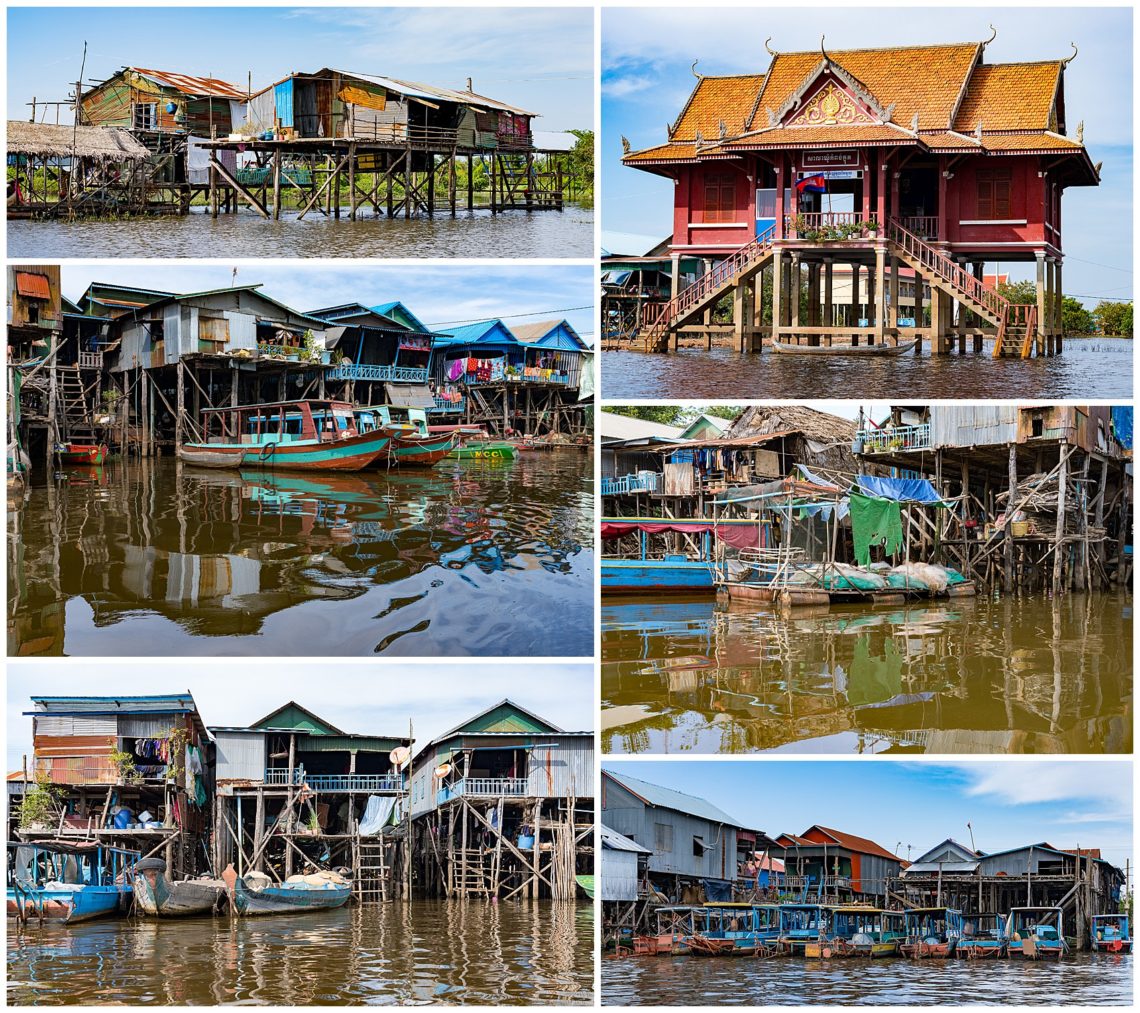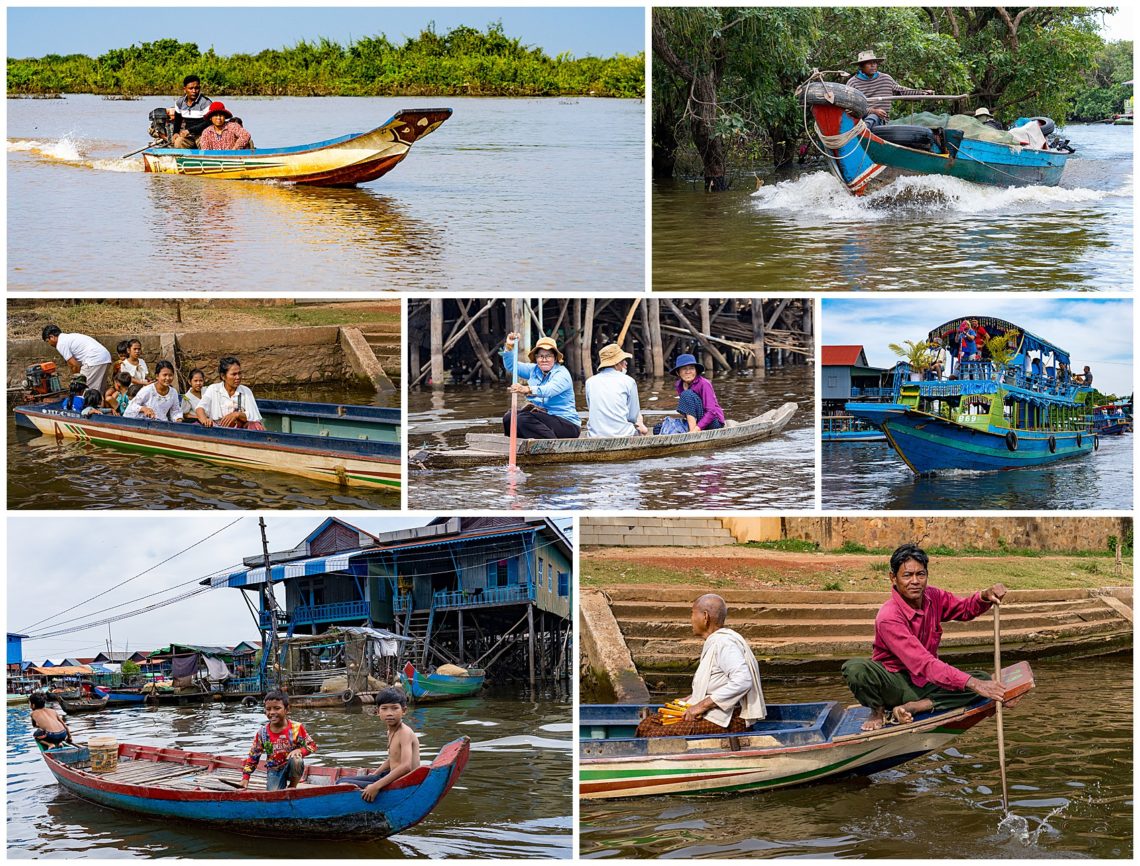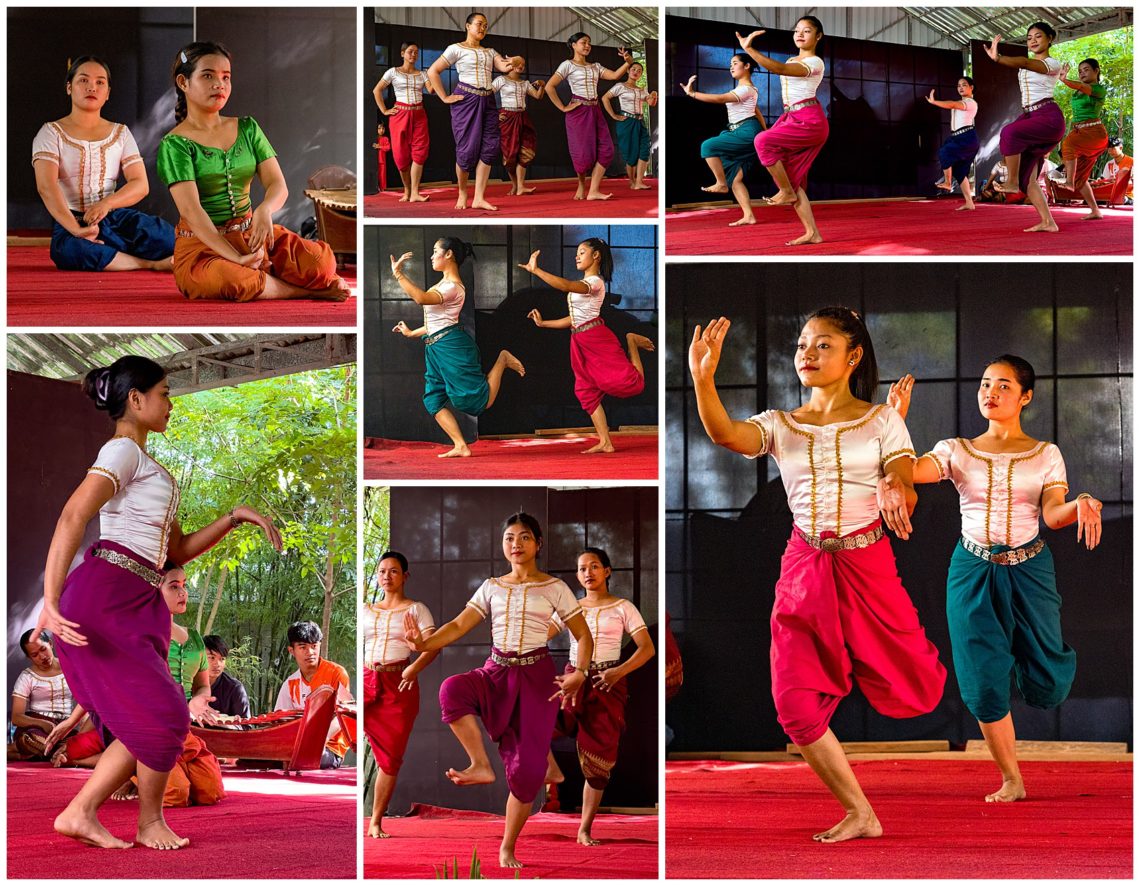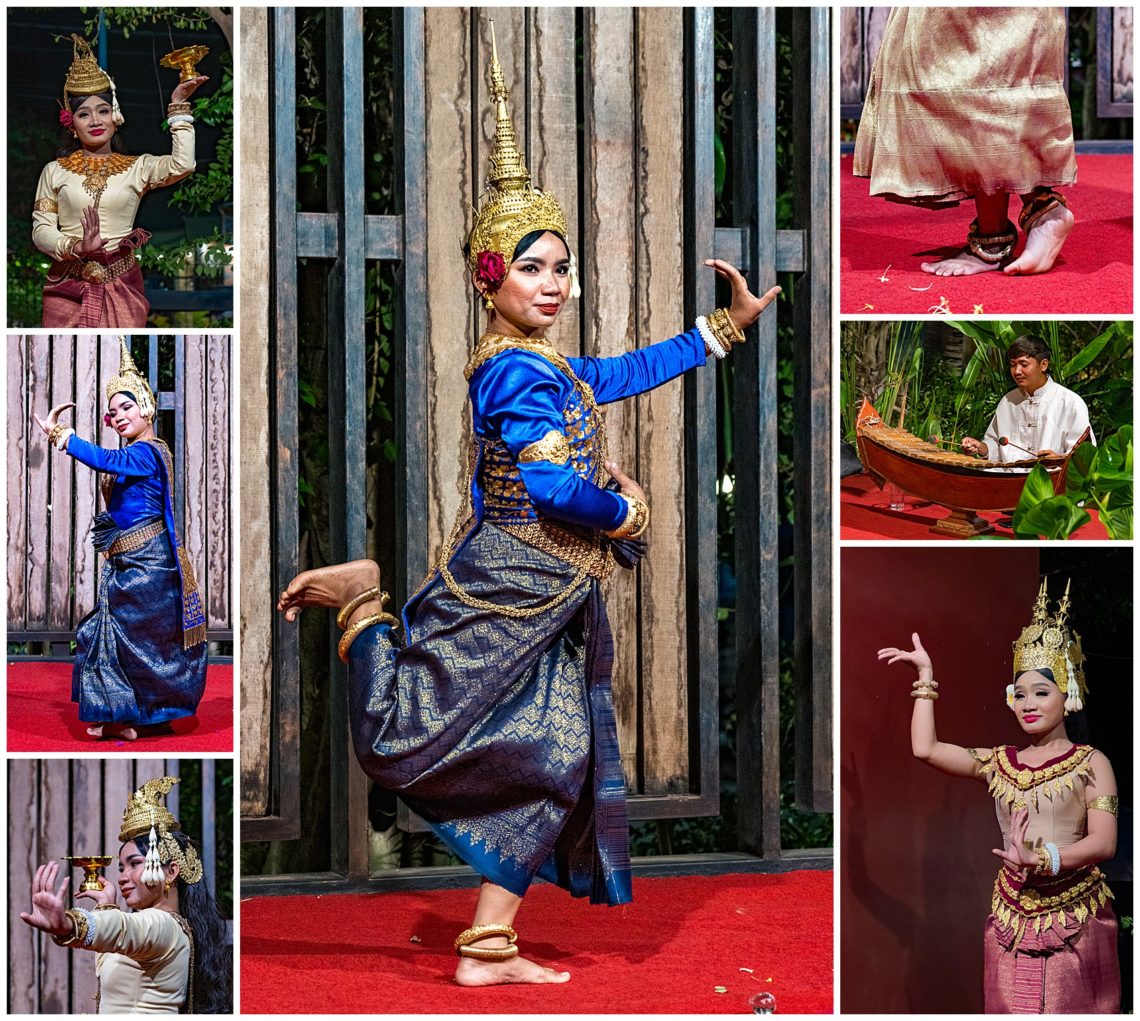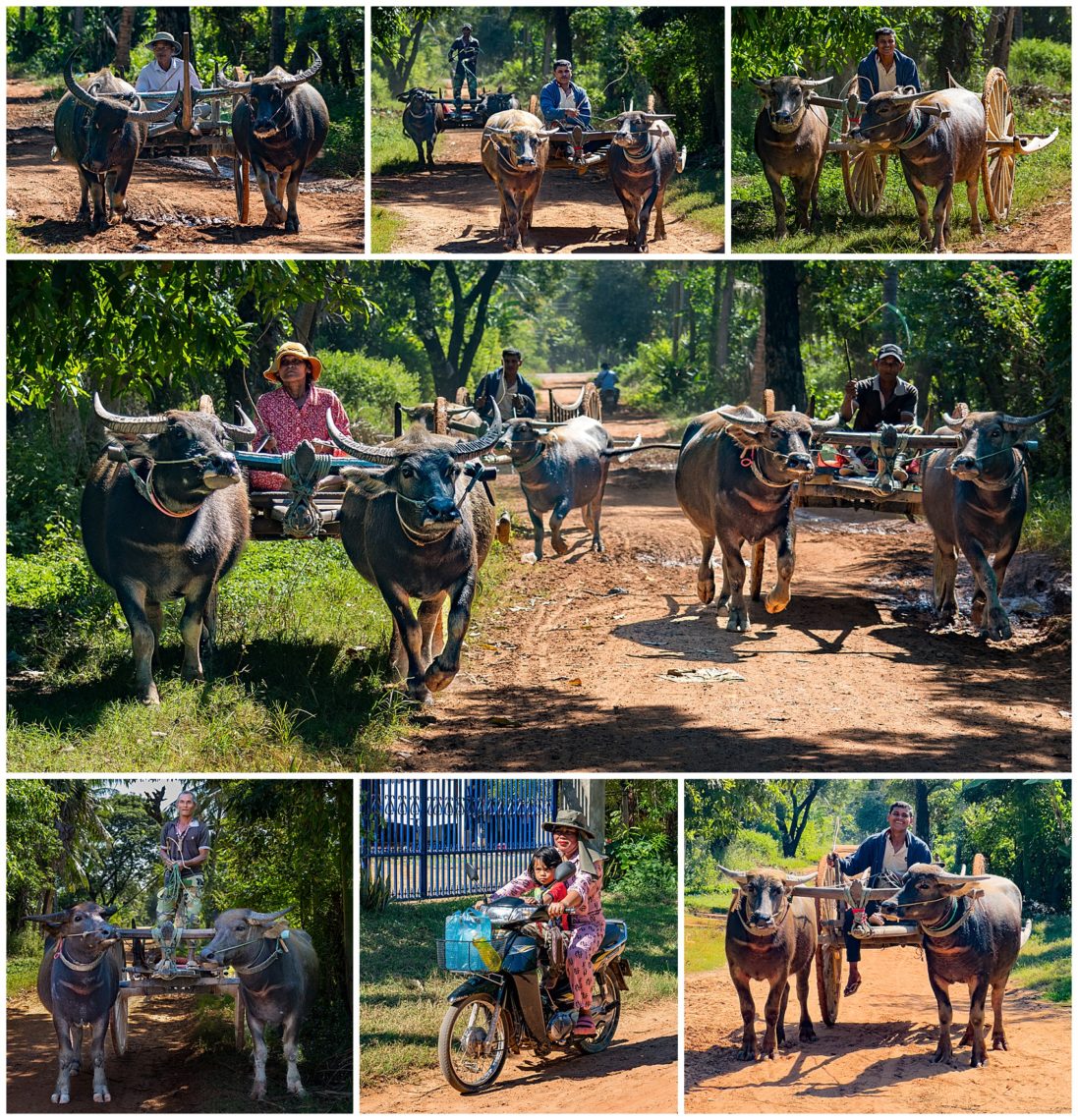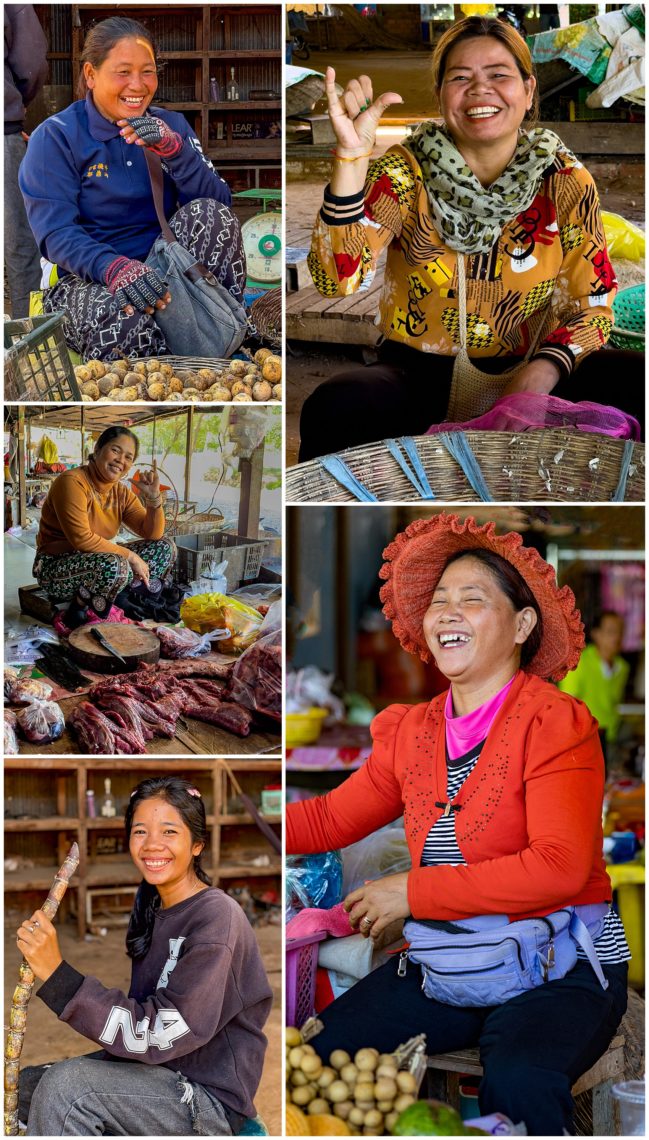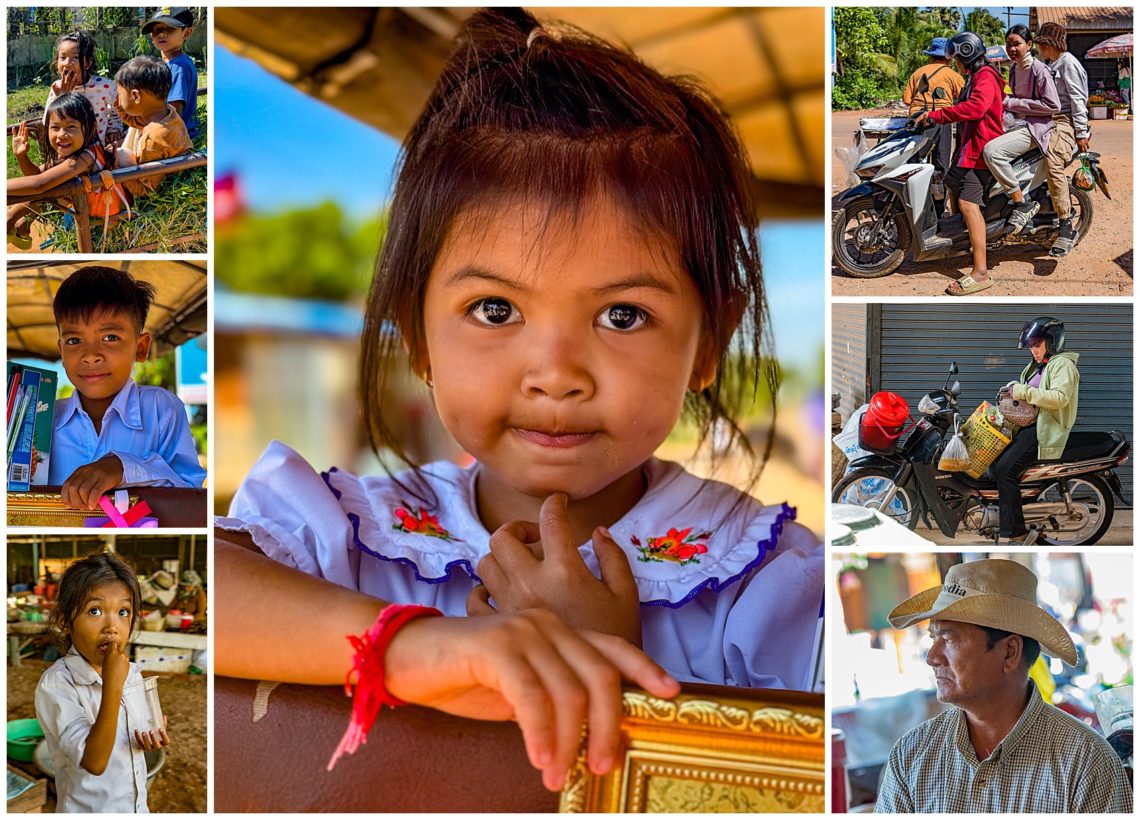New Zealand is photographically best known for its stunning landscapes. Many of the best locations are well off the beaten track though, and difficult to find when traveling solo. We therefore decided to include one more organized photo tour to finish 2023, and to introduce us to the grander landscape scenes in New Zealand. Our workshop was led by Daniel Kordan (with over 2 Million Instagram followers, he is rather famous) and our local guide, Glen Howey. Both were over-the-top fantastic photographers and superb guides. Though we spent our 12 days with them at the start of Summer, the weather did not cooperate, and we mostly had drab grey skies, with very little color or interesting cloud variations for the duration. This was coupled with almost constant strong cold winds that made us bundle up and destroyed any water reflections.
The standout exception to the drab skies was 10 minutes at Lake Matheson, shown above. To capture this image, we left the hotel at 4AM, drove for an hour, then hiked for 45 minutes. We did so after a week of drab sunrises and sunsets due to the poor weather, and thus we had minimal expectations.
As we arrived at this glacial lake, we were pleasantly surprised to find The Winning Photo of the Week! The wind had totally died, allowing the lake to act as a beautiful mirror. Above the lake were just enough clouds to add interest, and gorgeous sunrise light. We quickly set up our tripods and captured the scene as best we could. We were happy to have come so early, as this light lasted only 10 minutes, after which the scene clouded over again.
Most of our photography has been of people and cities. This New Zealand workshop was entirely landscapes, which put us outside our “comfort zone.” We have long wanted to come to New Zealand, and decided to celebrate our 51st wedding anniversary with something different.
This Workshop is only the third landscape tour we have taken. The first landscape workshop we attended was in Jasper, Canada, in 2010, before we started writing this travel blog. Our second landscape tour was in Iceland (nine blog posts starting here), which was organized by the same operator as the current New Zealand workshop (Iceland Photo Tours).
Though the weather did not cooperate during our workshop, both Daniel and Glen were able to find alternatives to photograph, as seen in the above block. Lupin is a flower that only blooms for two or three weeks each year around Lake Tekapo. We caught them in bloom, using the old church as a back drop.
We were able to find many places to photograph with a lot character enroute, including the coffee shop shown above. Glen knew every spot for possible photo stops along the way. Many times there were long drives between target locations, and Glen always knew of fascinating places along the way. These were mostly places we would have driven past without a thought, if we had been traveling alone. This is where the true benefit comes with traveling with a guide who has both deep local knowledge and a keen eye for photography.
Besides knowing just where to stop to break up a long drive and see interesting photographic topics, Glen was easily the most optimistic and enthusiastic guide we have met. He would frequently comment that “blue skies are wonderful for tourists, but boring for photographers,” and then help us compose an image to bring out the drama, including noting when a scene would look best in Black & White.
Above is one example of where we just saw drab skies, but Glen found the right location for some interesting images. While we were shooting, Daniel picked up a log from the hillside and placed it in the scene, showing us how it improved the composition (lower-left).
Milford Sound is a fjord in South Island near Queenstown, and one of the wettest places in the world. It rains more than 183 days a year, or more 50% of the time, with 252″ average rainfall. Our group was scheduled for a boat ride around the Sound at 4PM… which happened to also be when the forecast said another rain storm was due to start. Glen quickly changed our plans, so that we got there in time for a 2PM boat instead. Sure enough, that let complete the circuit of the Sound before the rain started.
One of the features of the boat tour was the many waterfalls around the periphery, as seen above. Boats would approach several falls for a close view (upper-left), and we did the same (upper-right and center). The wind was blowing so hard that many waterfalls never made it to the surface of the Sound, instead blowing into the wind partway down (lower-left).
Sure enough, the rain started at 4PM, just as we finished our ride, and just as we would have started, had Glen not swiveled and made the quick reservation change. We milled around the cafe of the dock for about half an hour before departing on the next leg of our bus drive. When we had driven into the Sound area a couple hours earlier, the surrounding hills were barren. To our amazement, after less than an hour of rain, those same hills were filled with dozens of waterfalls (lower-right). This really drove home the frequent warnings we had seen in the area of flash floods!
As mentioned in the opening paragraph, the sky had vibrant color at sunrise over Lake Matheson for only ten minutes. We close with a photograph taken ten minutes after that initial photograph, with the color already beginning to dissipate. Another five minutes after this image was taken, the horizon was a solid grey color, devoid of any color.
Thanks to the efforts of Daniel and Glen, we were there at the perfect moment. Landscape photography is always about chasing the light, and it is often fleeting.
